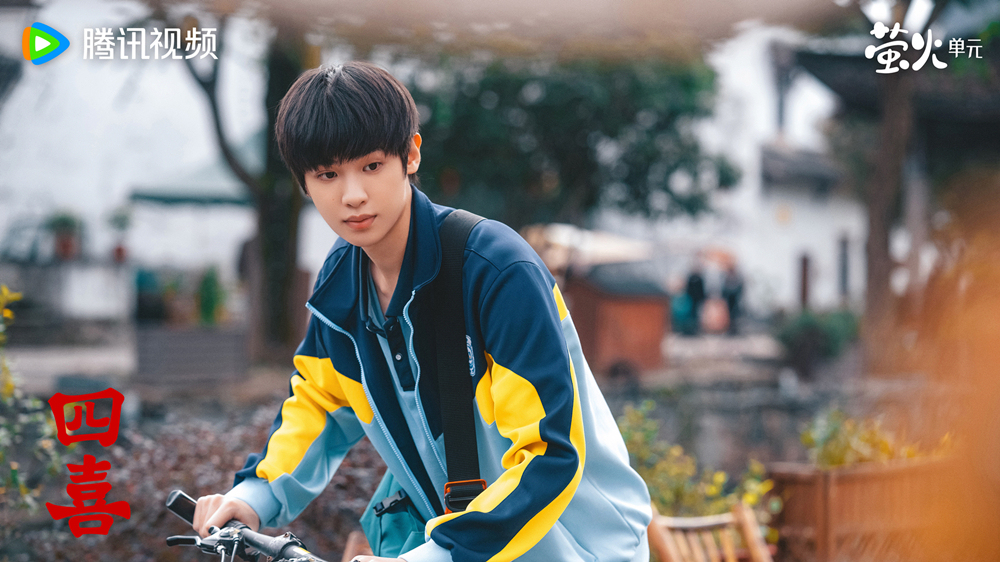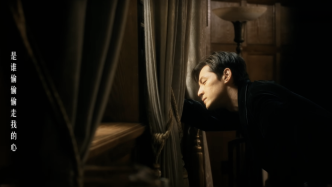

"Flowers" stills
As a Shanghainese born in the 1970s who spent his youth in the 1990s, it is difficult for me not to be moved by Wong Kar-wai's "Flowers". Whenever the plot advances, accompanied by exquisite picture editing, the BGM sounds those extremely familiar melodies from my youth, and my scalp will always go numb...
The overall impression after watching the whole drama is just as Hu Ge said: "It seems familiar, and my eyes are filled with tears!"
As a designer, it is even harder for me not to be moved by the top-notch visual beauty brought by this film.
The world-class creative team has "sharpened their swords for ten years", making this film full of all kinds of commendable and wonderful details. What is especially amazing is the art team's restoration of the style of that beautiful era.
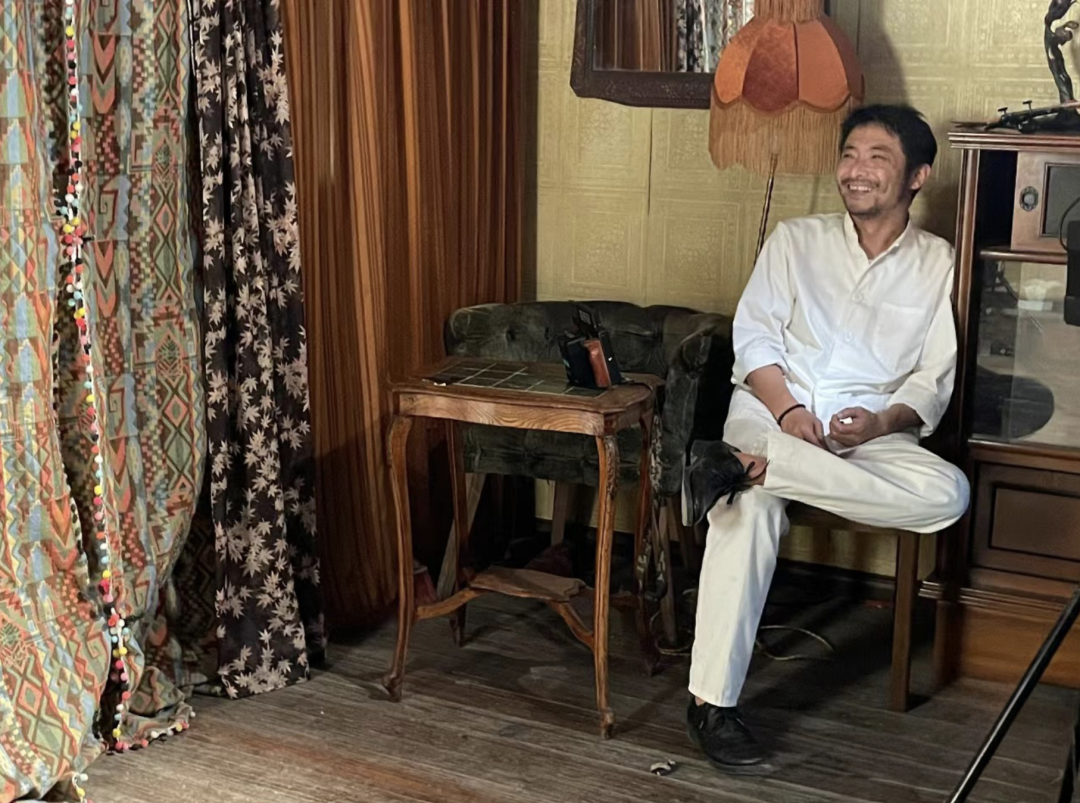
After watching the series, I accidentally saw this behind-the-scenes photo online.
This is a working photo taken by the actor who plays the role of "Little Monk" in the play. Just from the few optional curtains hanging in the corner of the room, you can see how hard-working the art team of "Flowers" is! This also piqued my interest.
Today, let’s talk about the curtains in “Flowers”.
TV dramas are not documentaries, but artistic creations, and "art comes from life and is higher than life" is the most basic creative principle. My research on the curtains in the play in this article is not a rigorous research, but just based on my feelings. There are definitely some curtains in the play that do not conform to the actual domestic production and application conditions at that time, but it can be said that each of them is in line with the atmosphere of the relevant scene and adds points to the picture.
Jin Yucheng's study/grandfather's house
The first curtain in the play comes from the study room of Mr. Jin Yucheng, the original author of the novel "Flowers" that Hu Ge visited in the "Introduction" chapter.

This space became my uncle's study in the subsequent drama.
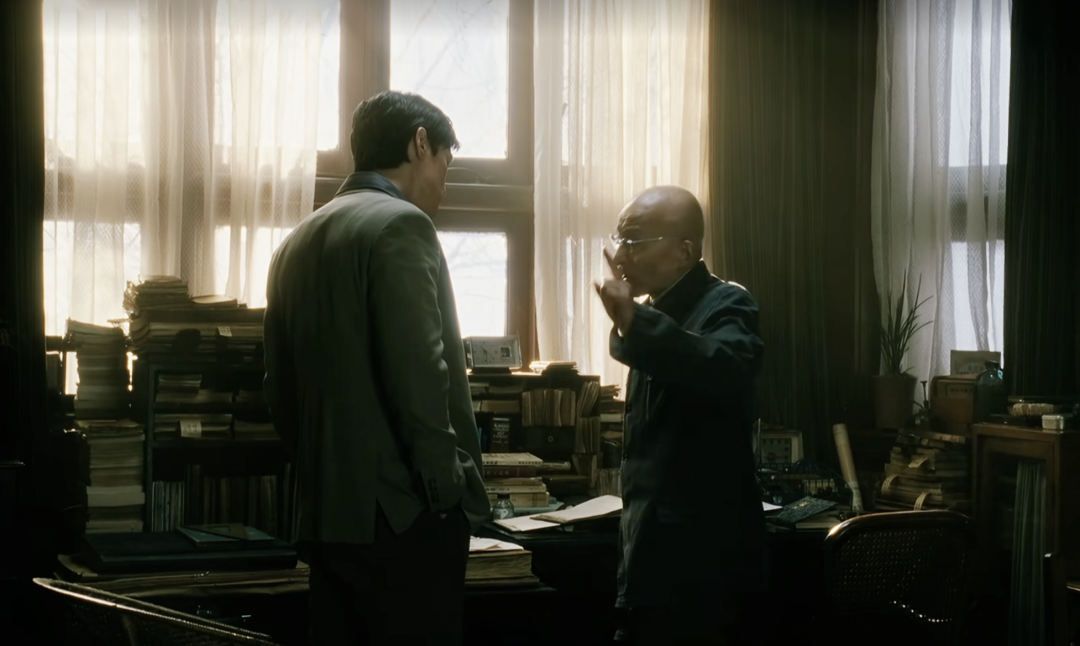
This room has a wide window on the front and a narrow window on the side, all hung with casement curtains + gauze curtains.
Such a curtain configuration of one layer of fabric curtains + one layer of gauze curtains became common in Chinese home environments in the mid-to-late 1990s. Before that, most people's curtains were only single-layer curtains.
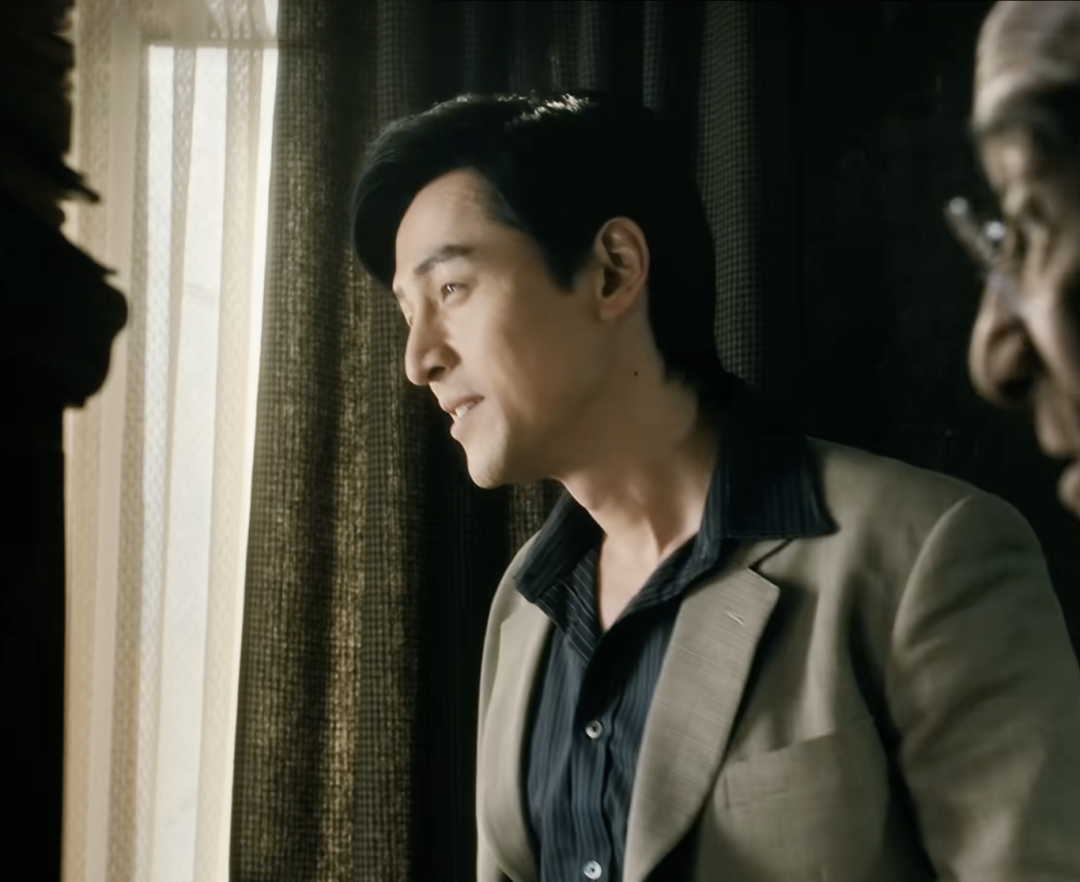
The curtain is a maroon-colored fabric with honeycomb weave technology, and the gauze curtain is an ivory-white jacquard yarn with dark diamond patterns.
The craftsmanship of these two fabrics is still outdated even today. In 1987, when A Bao first came to apprentice, the curtains in most people's homes were just a piece of polyester plain fabric or printed fabric hanging from a piece of iron wire. At that time, my uncle was definitely not an ordinary person to have such a "luxurious" curtain configuration at home! Of course, taking into account the top-notch taste of my uncle when he customized clothes for A Bao and the strong resource background of foreign trade companies and overseas brothers, it is not inconsistent to have such slightly "advanced" curtains.
peace restaurant
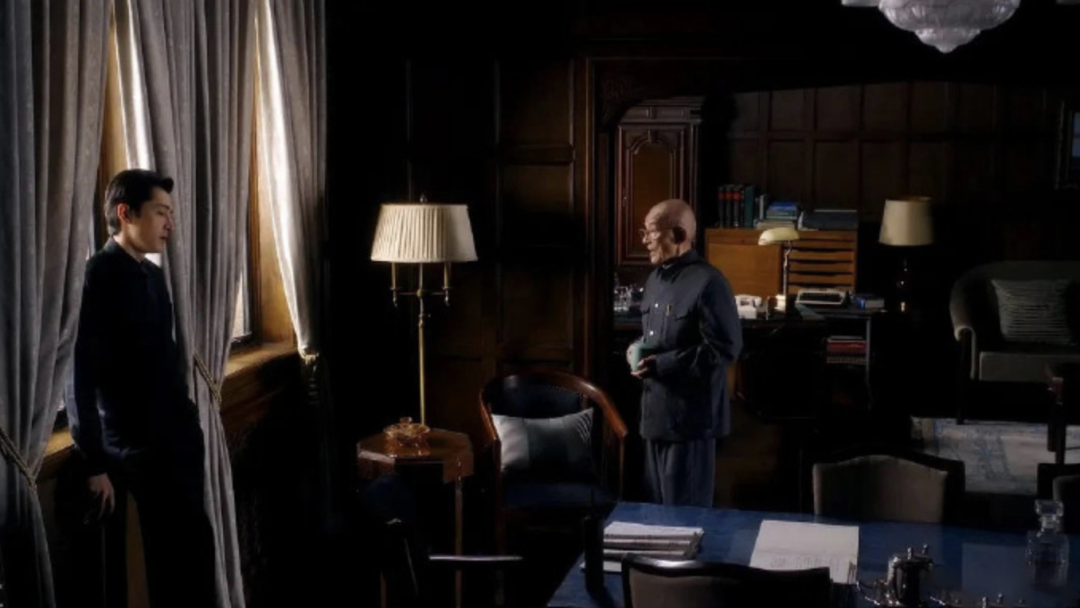
The British Suite of the Peace Hotel is the home base of Mr. Bao and his uncle. This suite has three large spaces: a study, a dining room, and a bedroom. They should all use the same curtains.
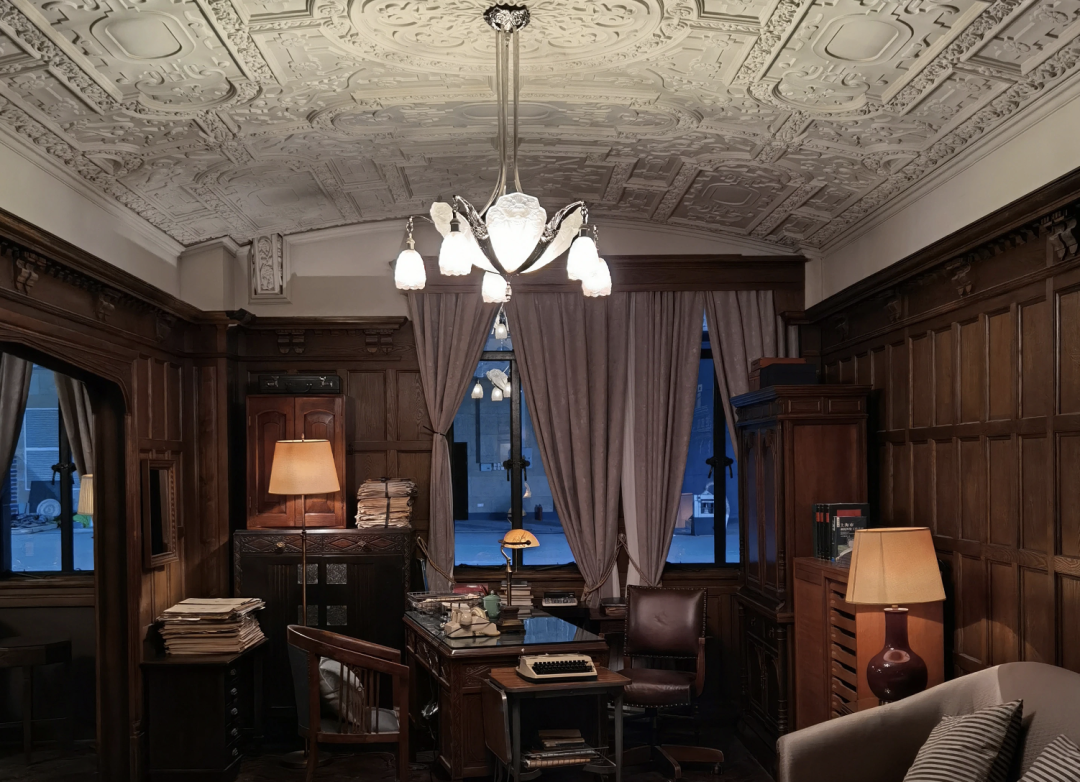
The play was shot on location in a hotel, but most of the plot was shot in a replica studio.
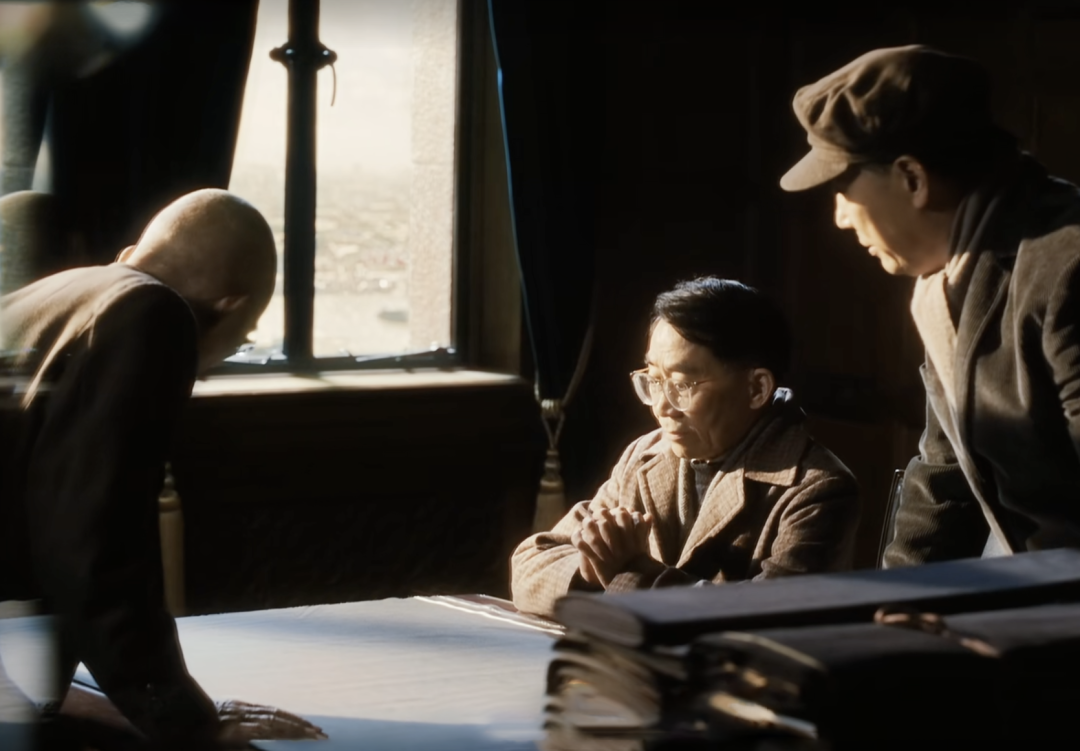
As early as 1987, the curtains in the suite were made of blue velvet with beige-gold curtain straps.
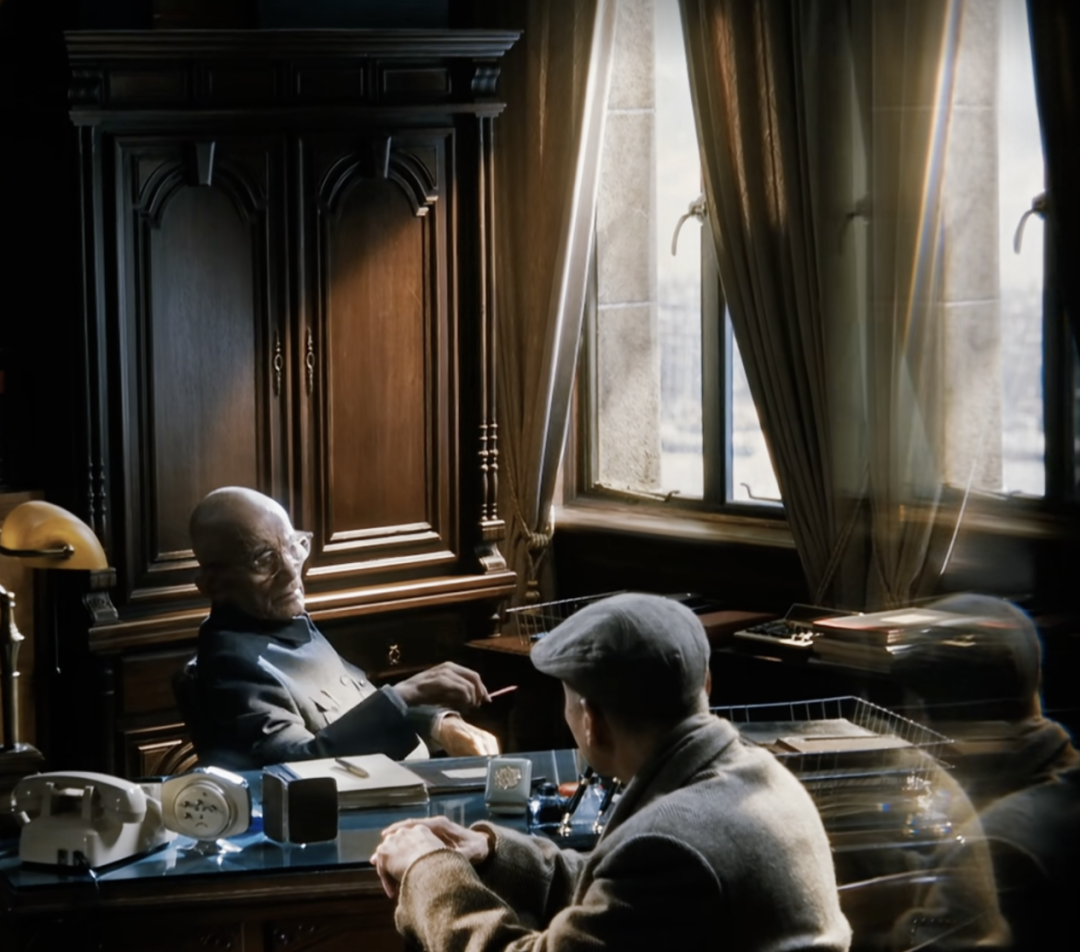
In 1993 and 1994, the hotel decoration was renovated, and the curtains were changed to light gray brown imitation silk jacquard fabric, and the curtain fringe was still the same as in 1987.

Perhaps due to the beauty of the lens, this pair of curtains does not come with a screen. The special mercerized surface material also makes its hue in the lens sometimes cold and sometimes warm.
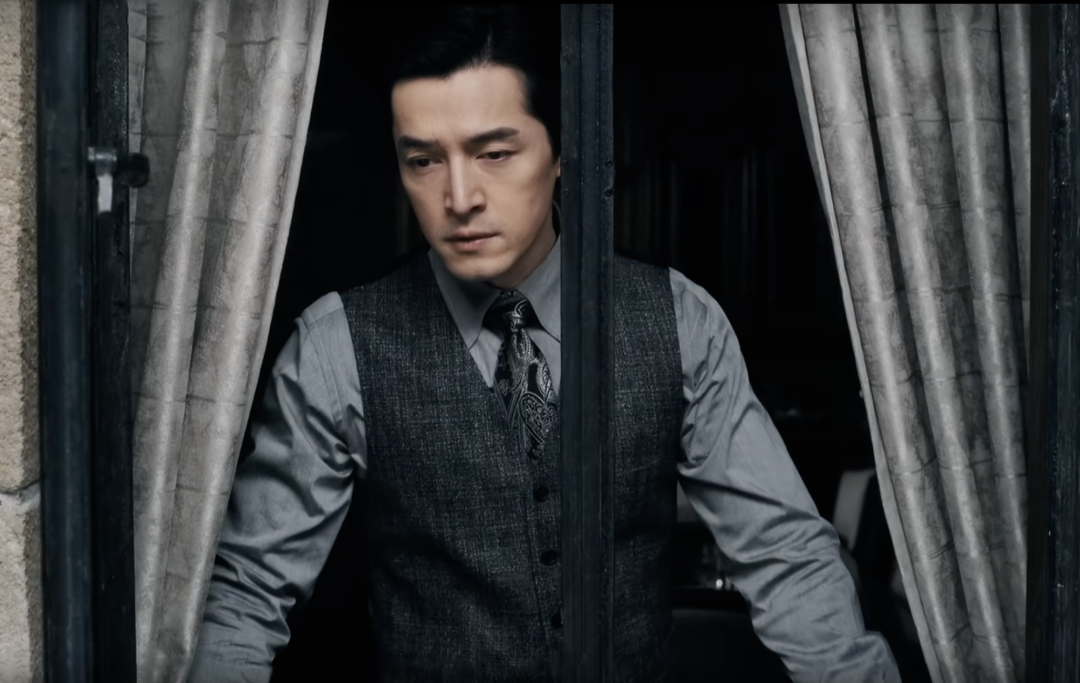
This picture was taken from the perspective of the window, and you can see the slightly cold texture and texture details on the surface of this fabric. I guess they hung the curtains backwards to make this shot look better.
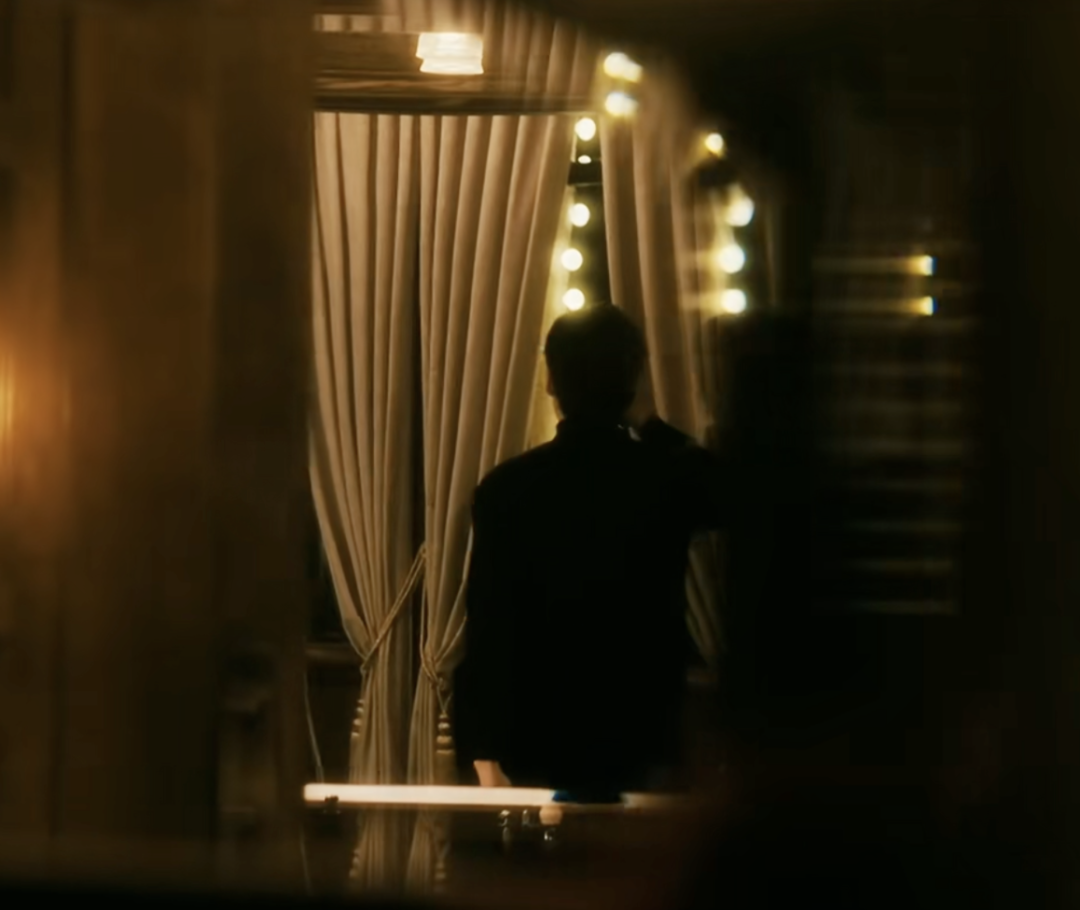
The picture above made me question how many curtains the crew prepared for this scene. The texture of the curtains reflected in the mirror is obviously different.

The most beautiful and heart-wrenching scene in the whole play.

The red velvet curtains in the lobby of the Peace Hotel are like stage curtains, slowly opening to create a classic scene.
Zhizhenyuan
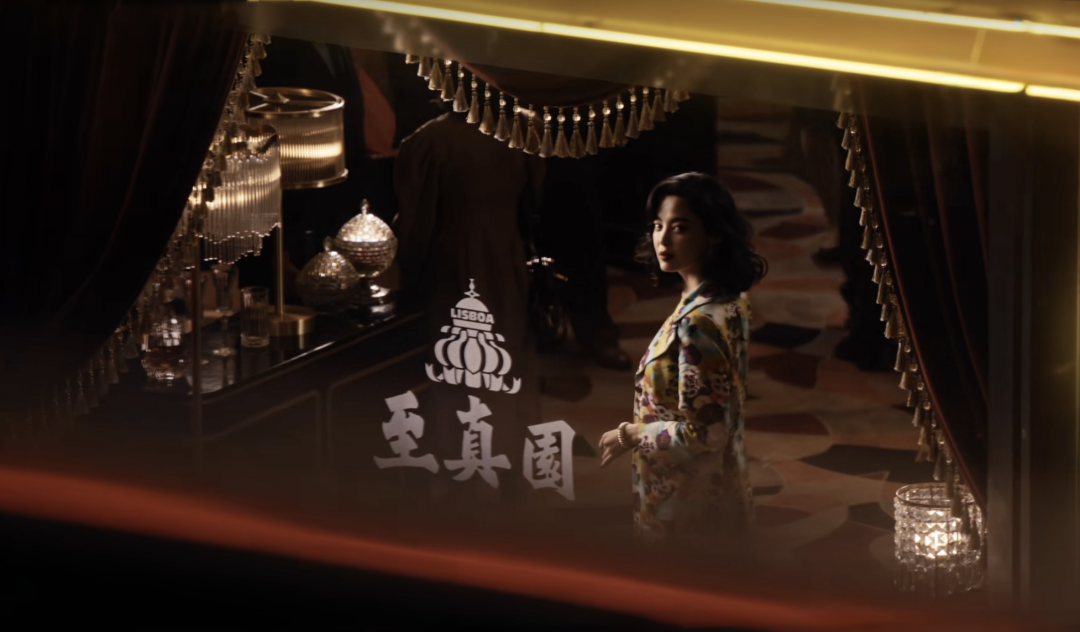
Zhizhenyuan is the most luxurious scene in the whole drama besides the Peace Hotel. Different from the restrained high-end temperament of the Peace Hotel, as the "Lisboa Casino" on the Yellow River Road, it pursues luxury and grandeur. The curtains inside are made of various velvets, chenille jacquard fabrics, European classical wave window curtain shapes and lace decorations.
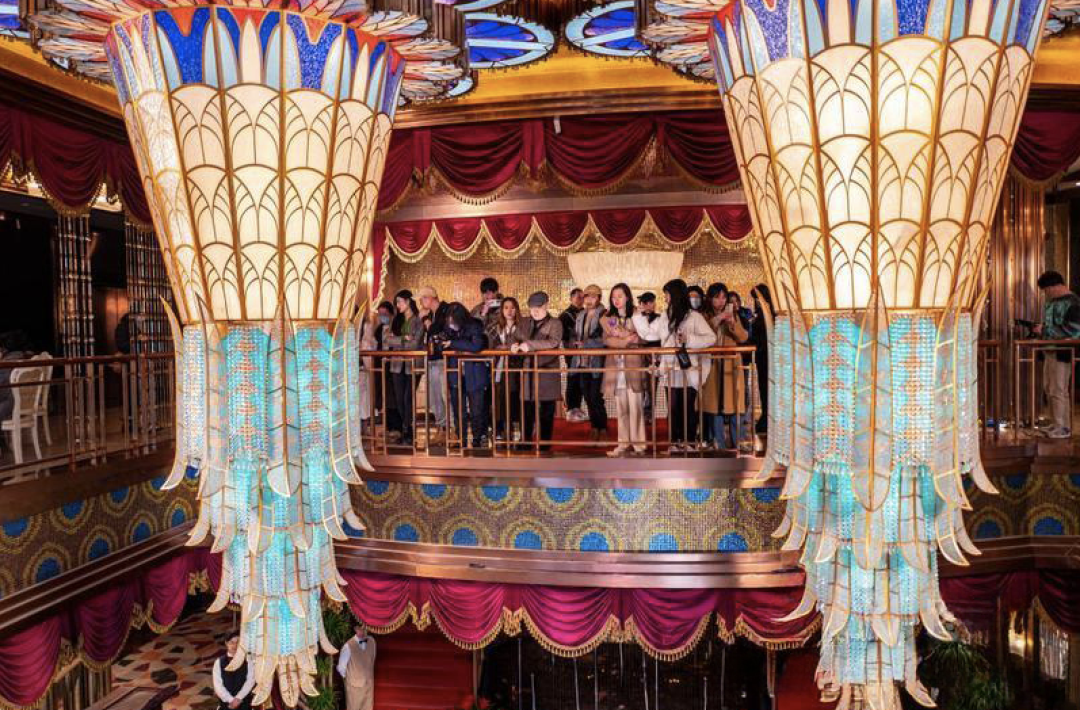
The imperial-style hanging curtain with the most European palace temperament almost covers the entire hollow hall.
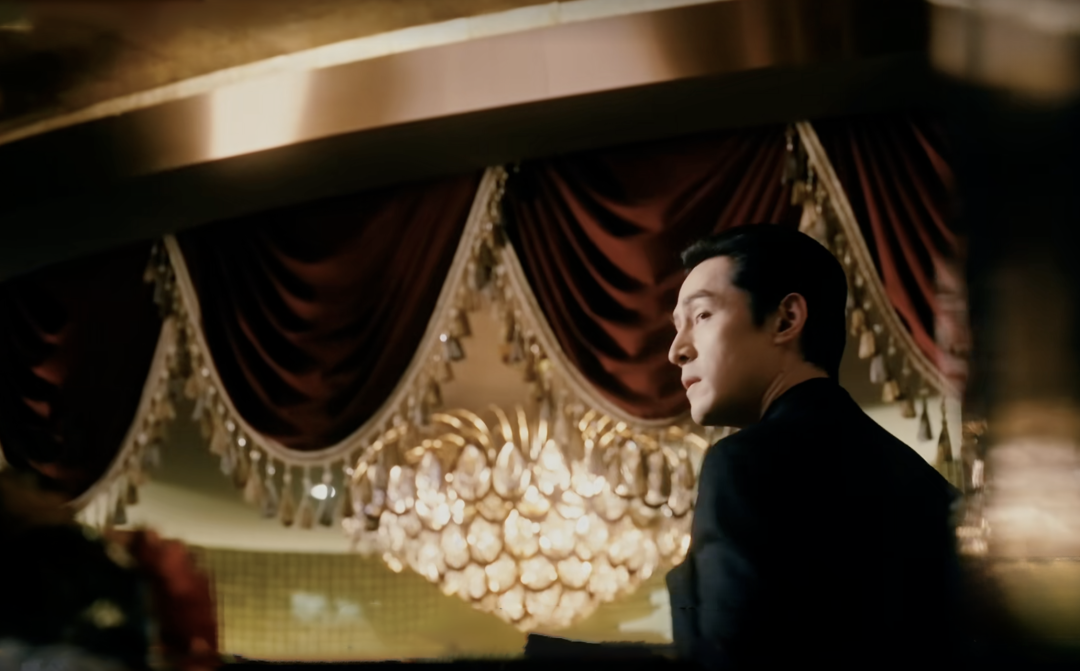
The hem of the dark red wave curtain is hooked with a small golden tassel lace, and the acrylic beads on it sparkle.
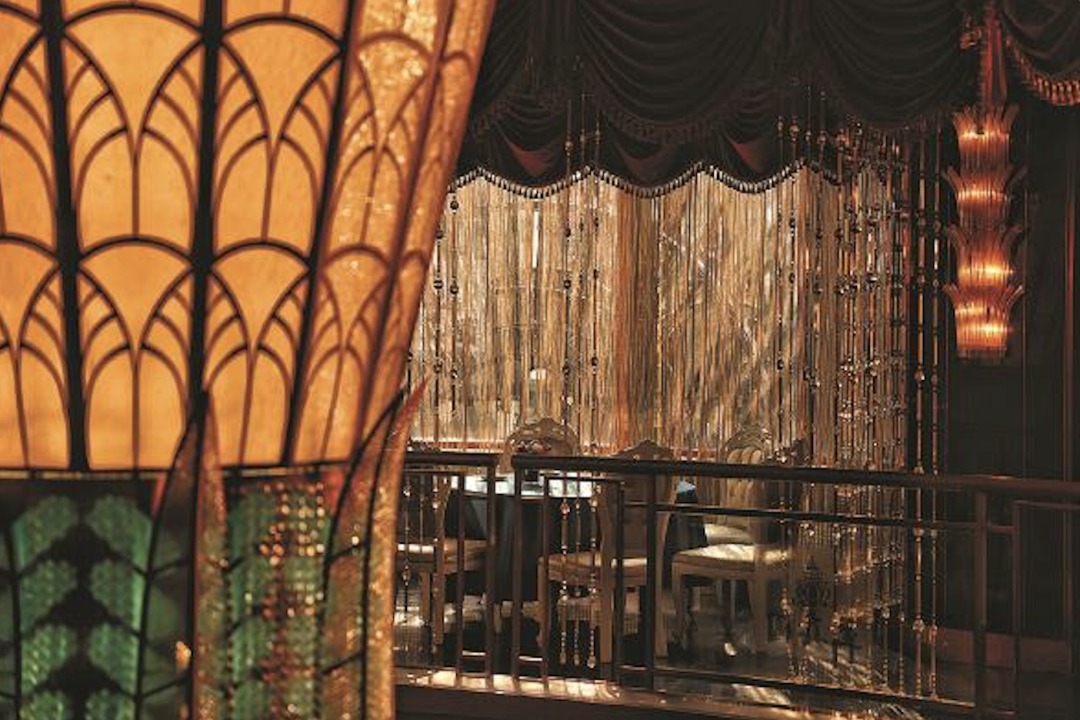
In addition to the layers of wave curtain arcs, the crew also hung many crystal beaded curtains pouring down from the corridor on the second floor.

The curtains in most public areas and ordinary private rooms of Zhizhen Garden are dark red cloth with gold edges and gold fringes.
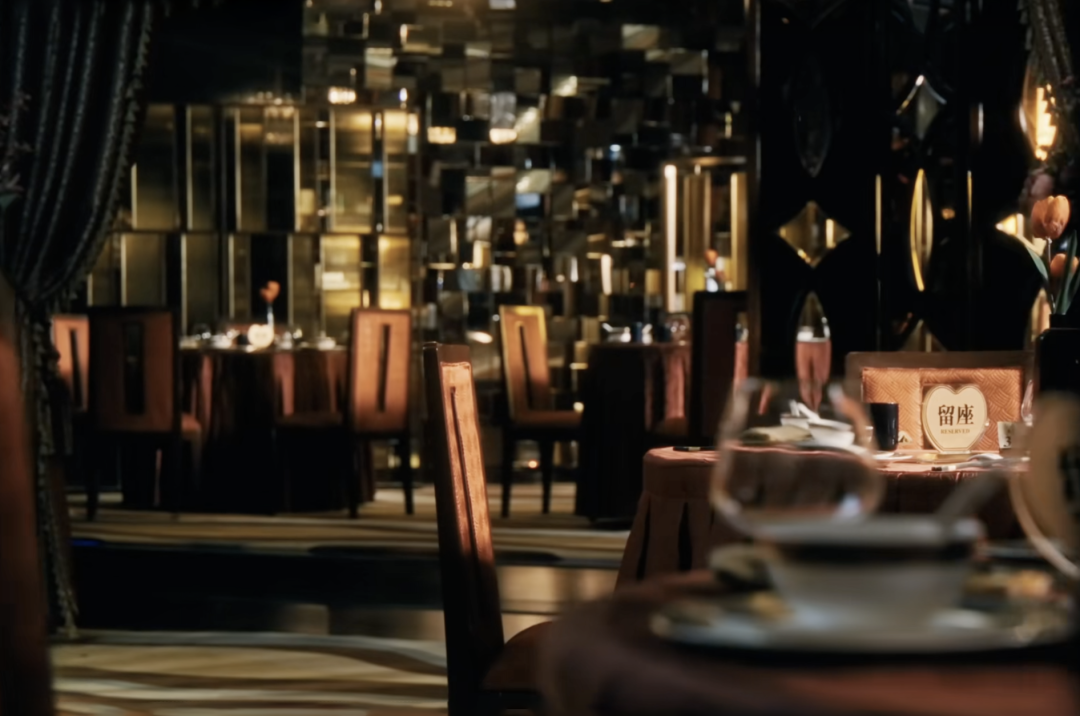
The partition curtain in the center of the hall is made of dark gray heavy jacquard fabric.
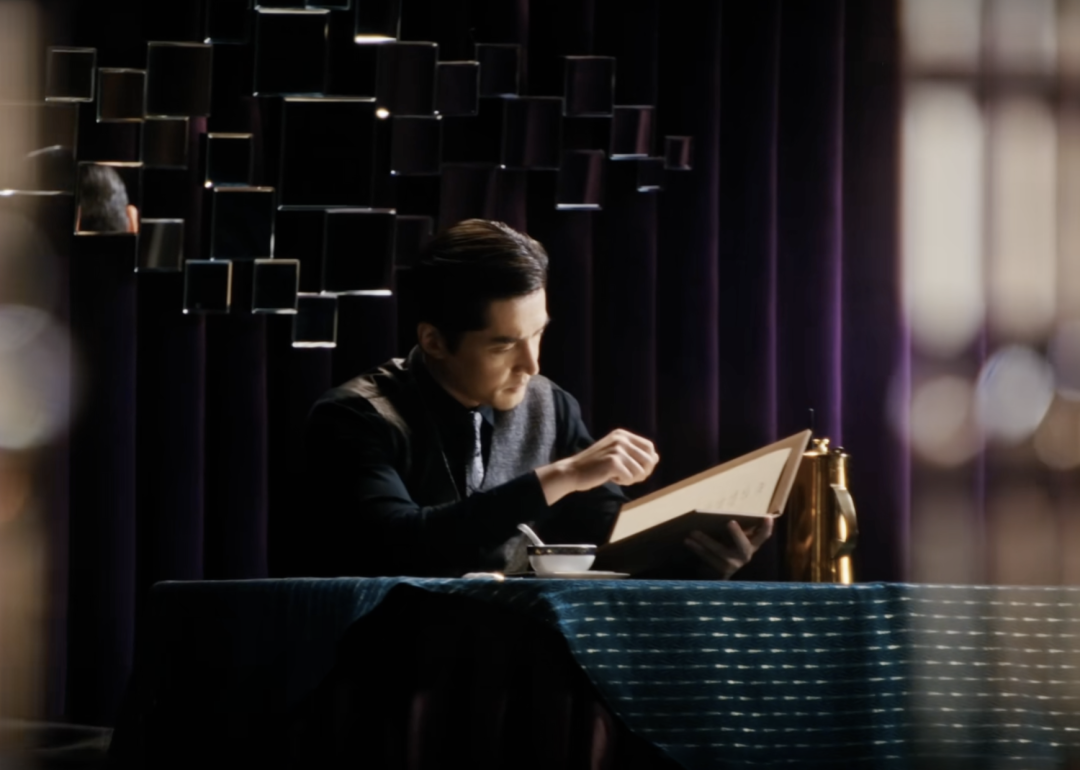
The most tasteful curtain in the entire hall area is this violet matte velvet fabric. It has no unnecessary decoration, simple shape and dark tones, creating a calm nobility.

This heavy Damask jacquard was really a hot item that emerged in that era. It has long become a classic and is still used today.
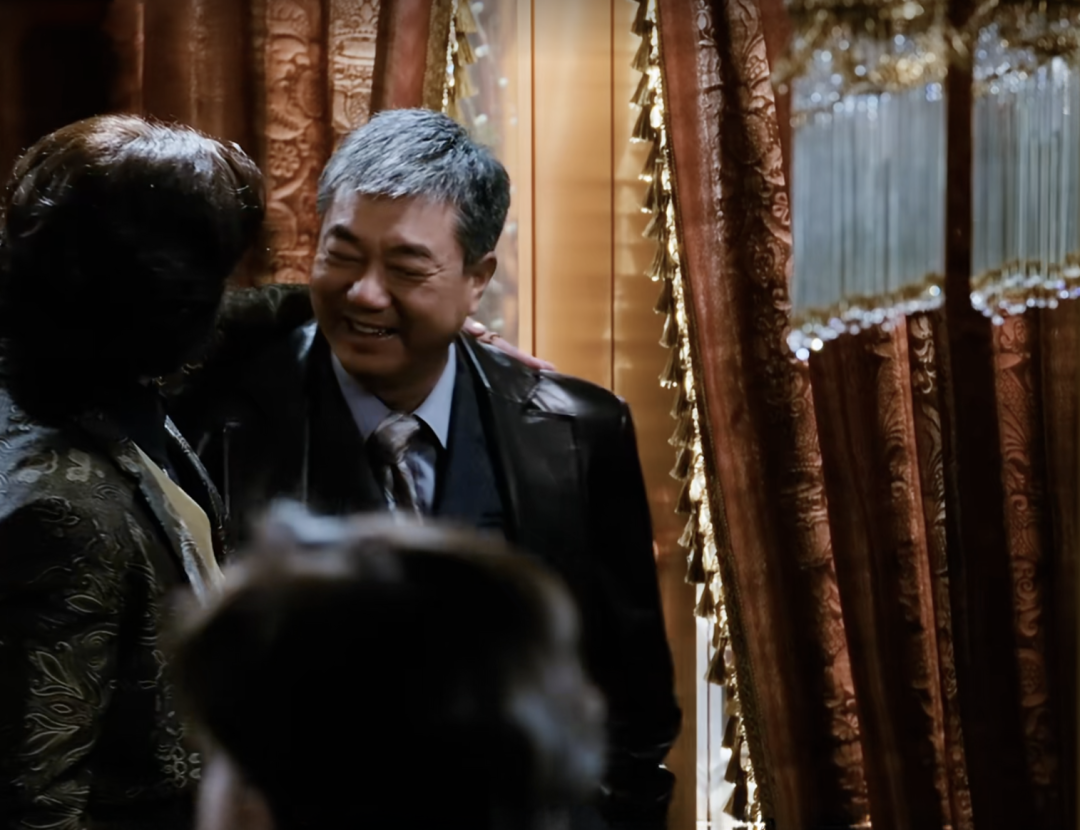
This slightly exaggerated velvet embossed/bronzing fabric appeared in the domestic market later than the era in the play, but its temperament is indeed very suitable for Zhizhenyuan.

The one with better texture is this French striped pattern cut velvet fabric, which is a timeless classic and has ancient craftsmanship, dating back to the 18th century.
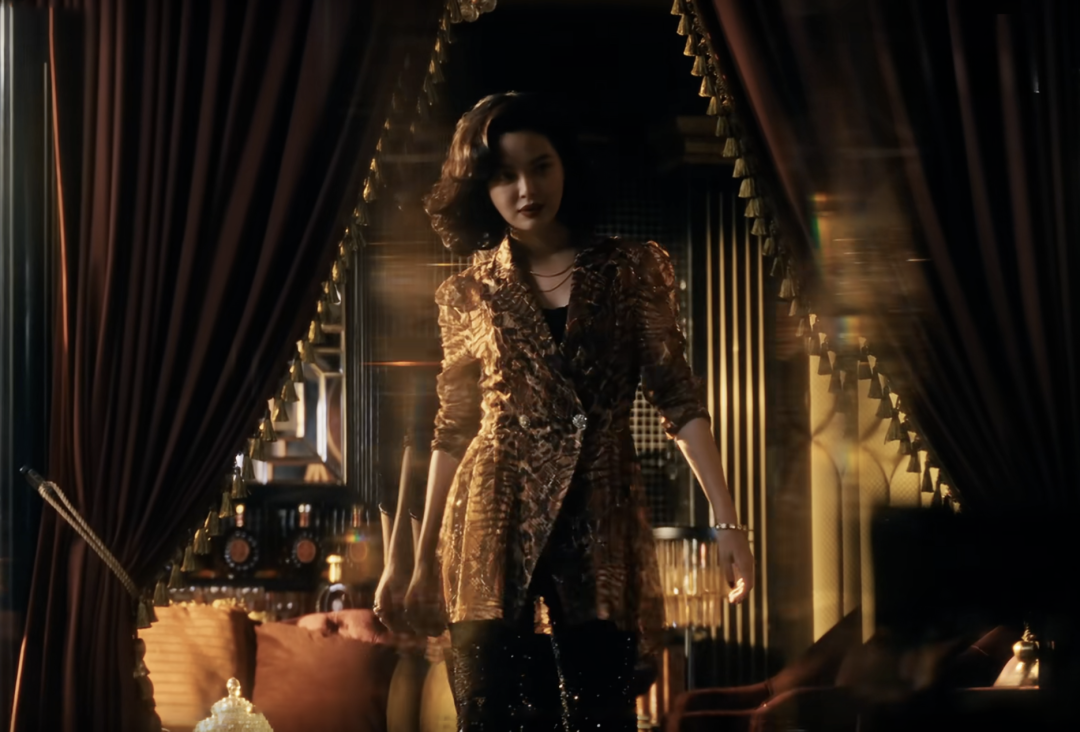
"Beautiful curtains match beauties." Director Wong Kar-Wai is very good at using curtains to create beautiful compositions.
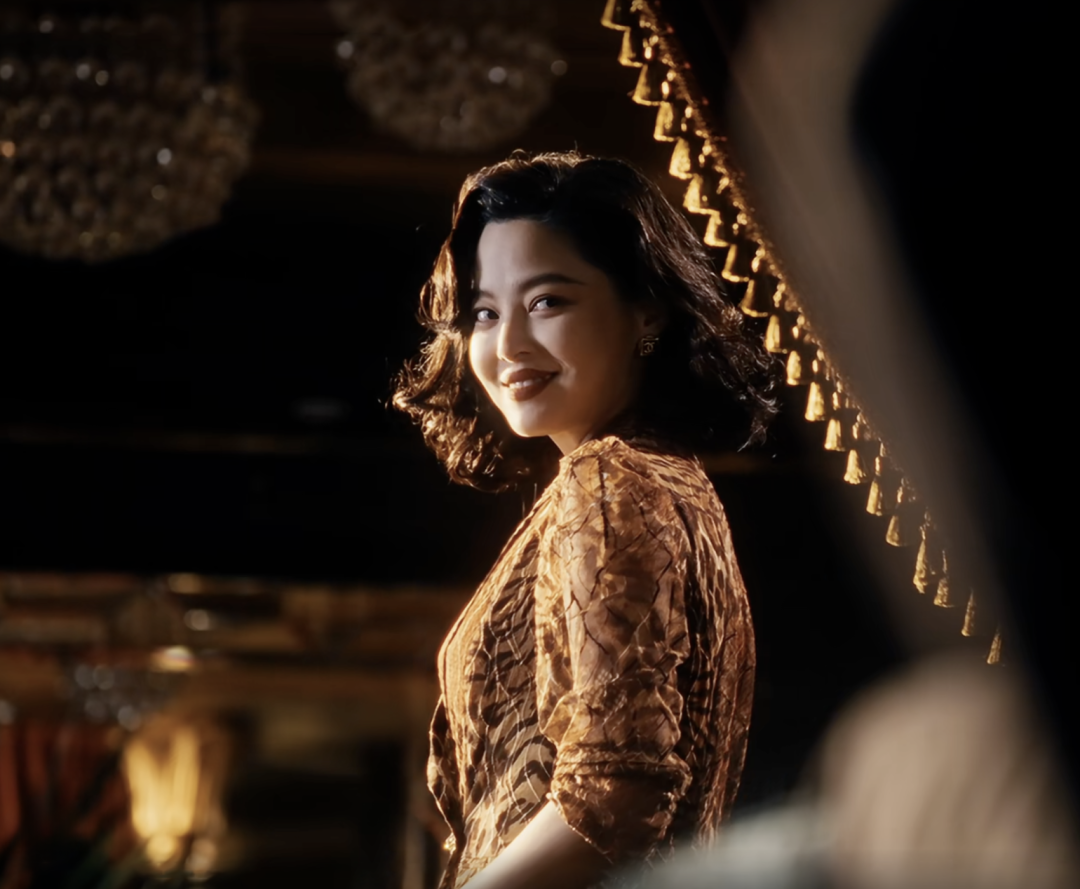

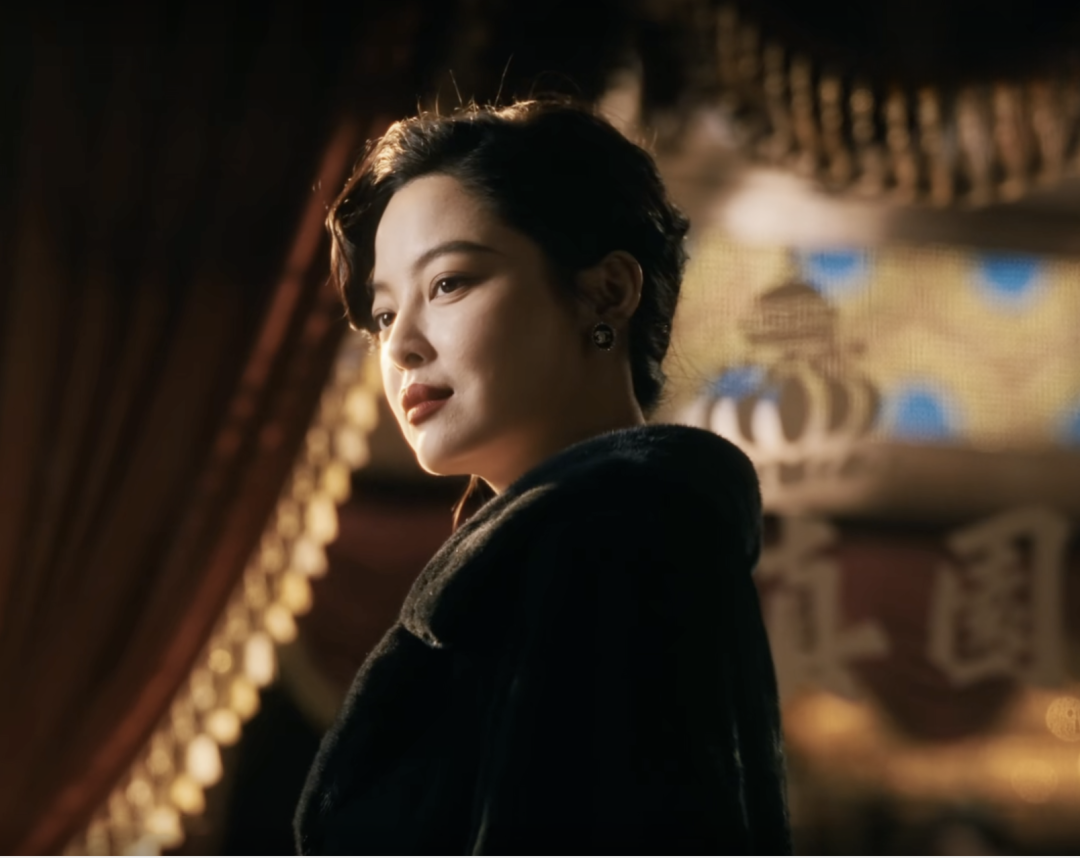
Whether used as foreground, middle ground or background, curtains can well reflect the beauty in Wong Kar-wai's light and shadow shots.
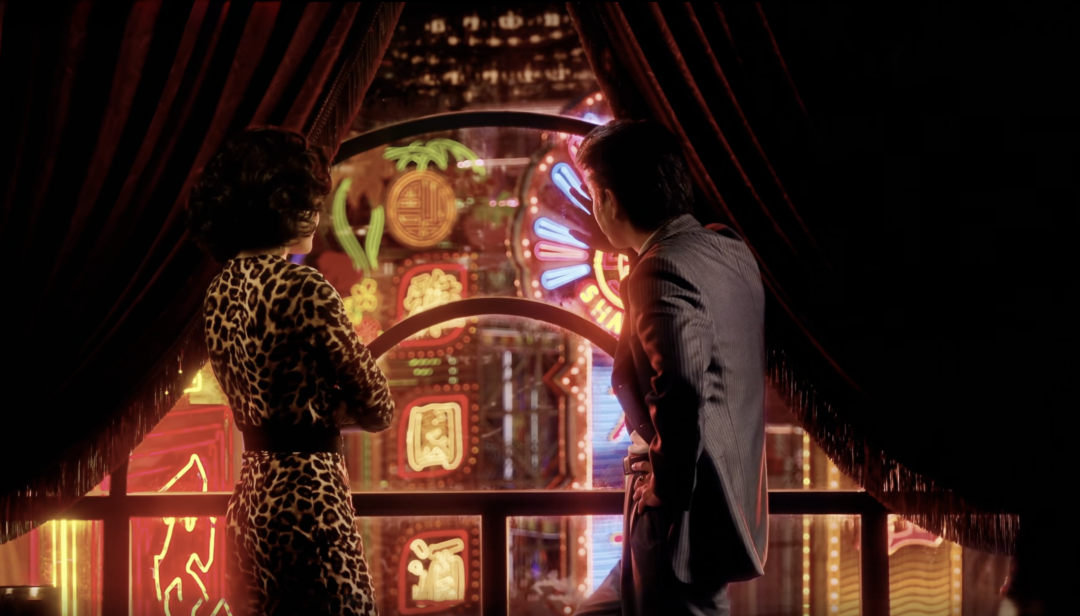
The private room on the top floor of Zhizhenyuan is the "ceiling" of Huanghe Road. This arched window with the best viewing angle opens like two red velvet curtains to the left and right, the tassels of the same color at the hem tremble slightly, and the neon lights outside the window are bright.
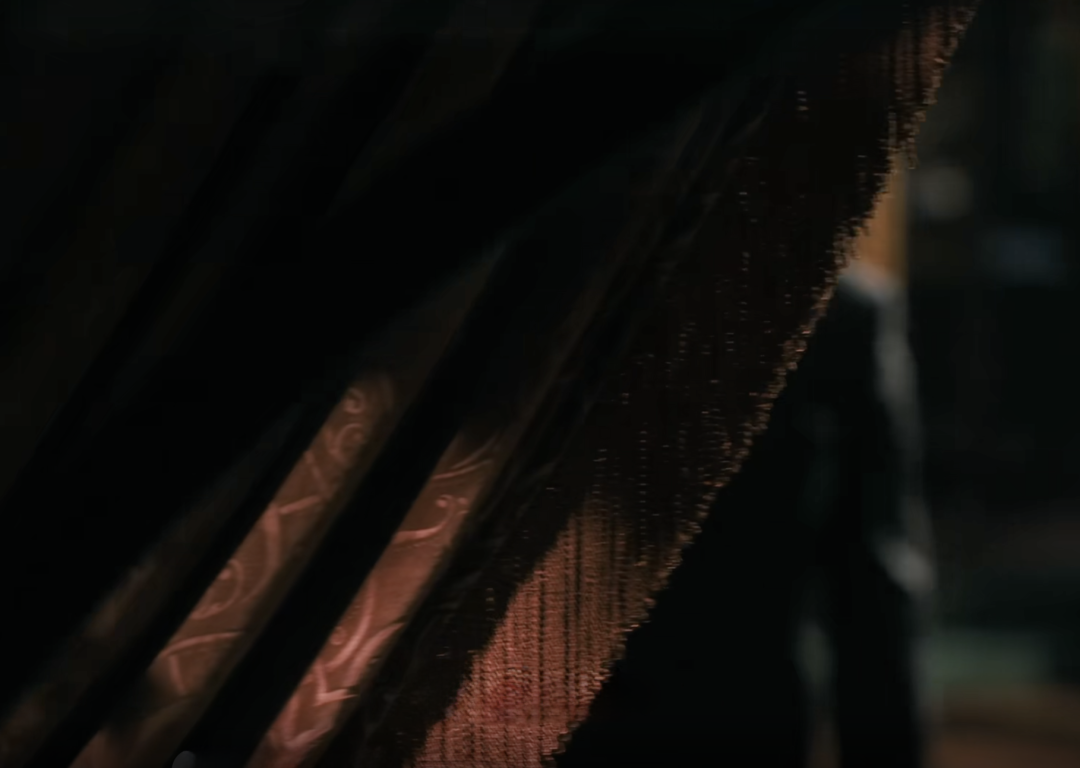
This is a dark red velvet with an Art Nouveau style vine-embossed pattern and long tassel lace of the same color.

In the Zhizhen Garden scene, there is also a large paisley-shaped embossed/printed velvet (far left), which is also very beautiful.
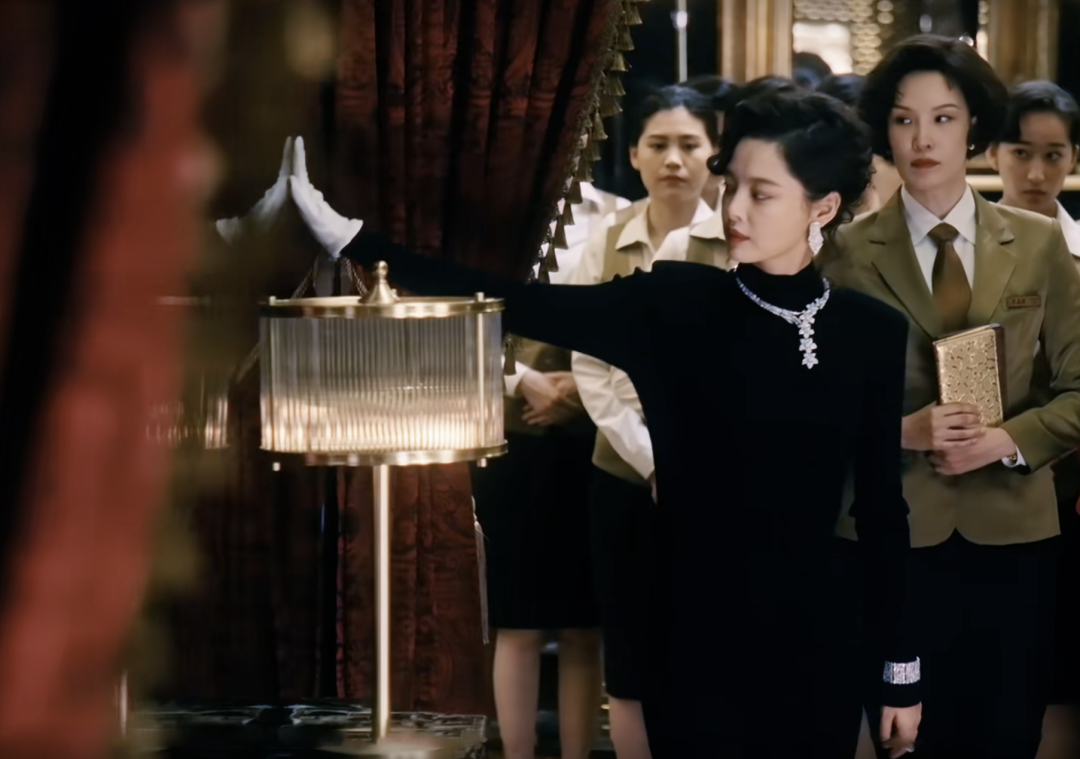
The composition of this shot is beautiful!
night tokyo
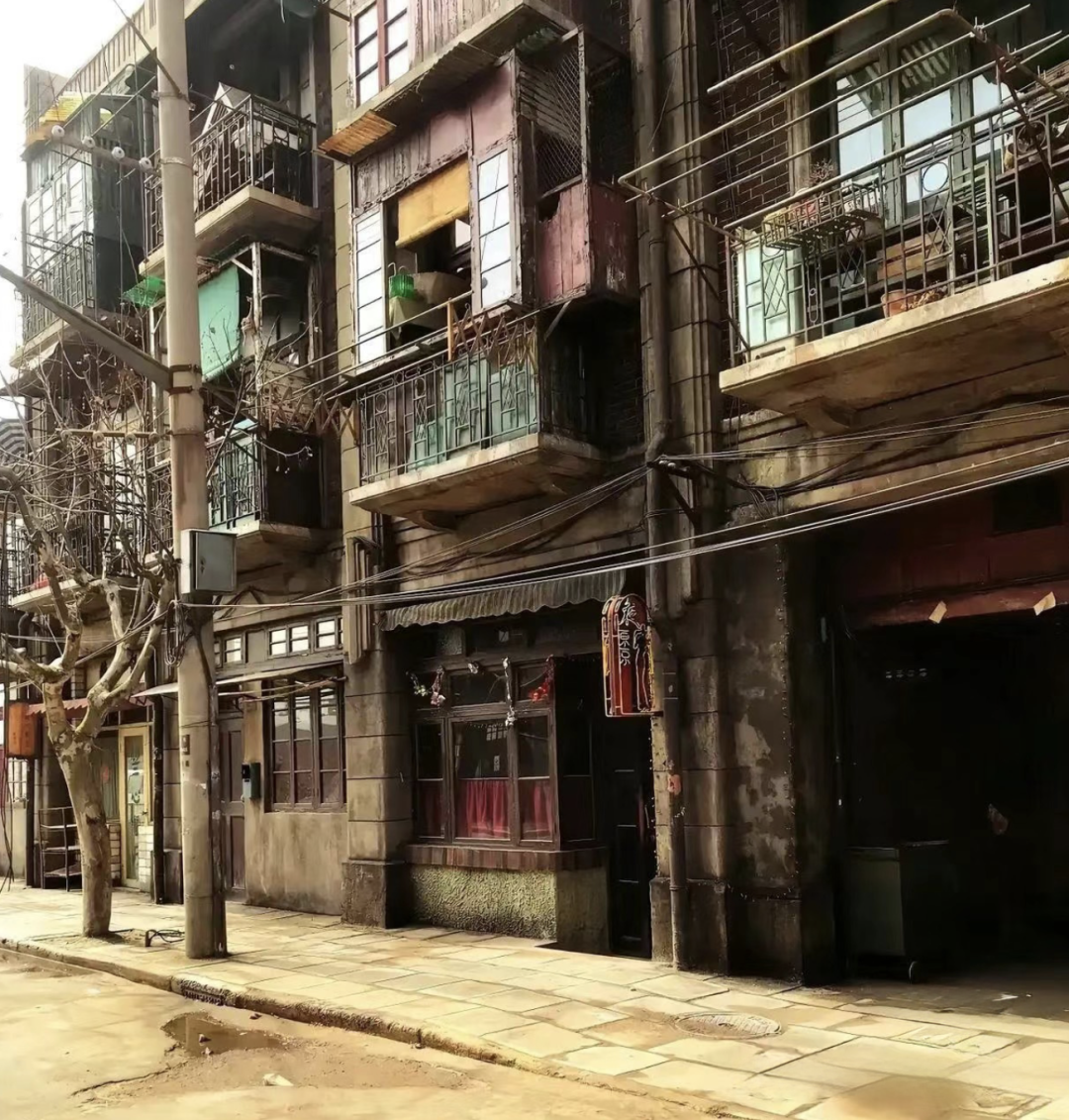

Night Tokyo, like many street shops in Shanghai, is a "dojo inside a snail shell." There are not many windows in the old house, but they are also decorated with curtains everywhere.

During the initial renovation, Abao made a few messy, slightly tacky curtains and gauze to hang on the windows along the street.
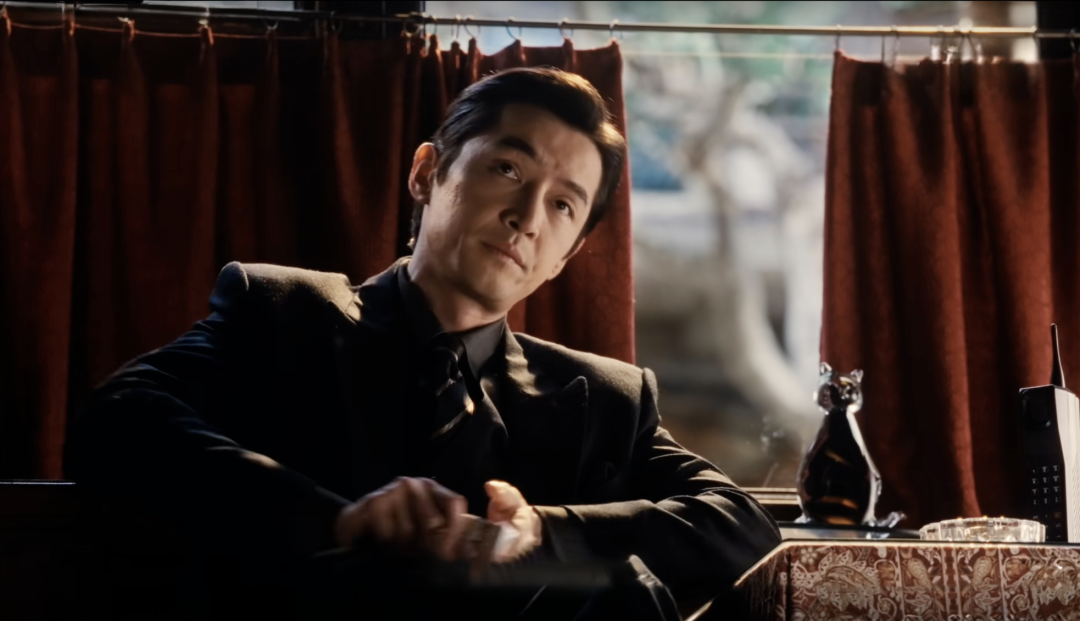
Later, after Reiko officially became the boss, two pieces of dark floral red cloth were used on this window, and small rings were passed through thin copper rods to make an elegant and warm half curtain/coffee curtain.
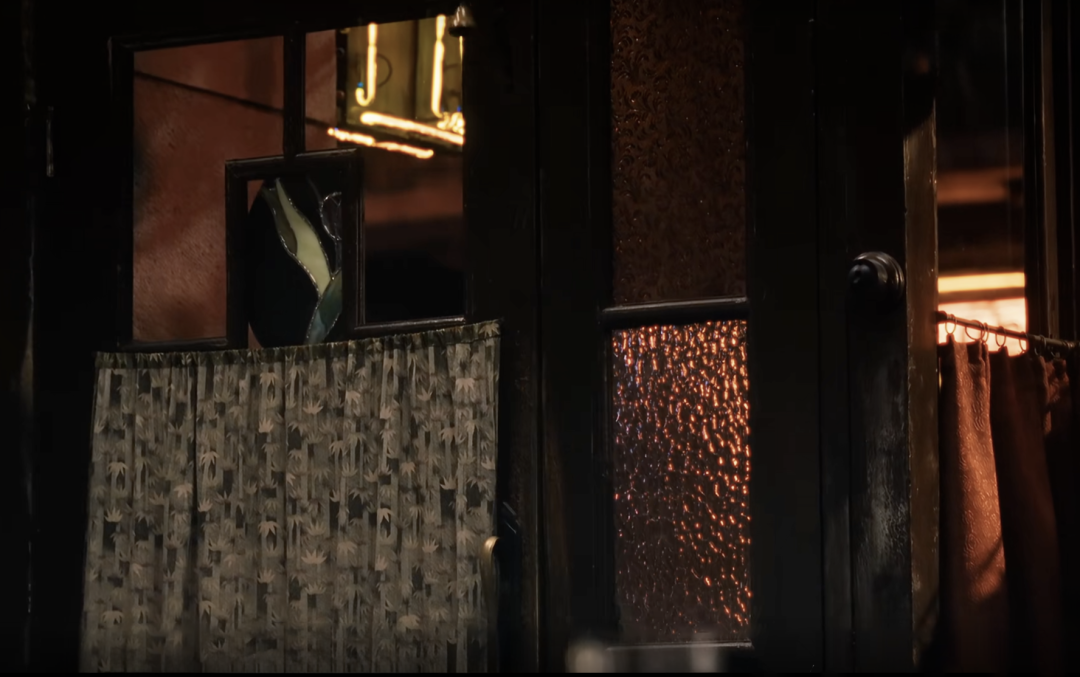

There is an exquisite piece of art mosaic glass on the door of a small lacquered wood shop in Tokyo at night. The door is made of a thin fabric with a small maple leaf pattern (it feels very much like the popular skirt fabric at that time). It is the same as the red one next to it. The curtains are half-height.
There are two small windows next to the store door, and they are embedded with two pieces of embossed glass with different patterns. There are traces from different eras throughout the picture, which is exactly the "sense of historical sedimentation" created by the art team of "Flowers" in these old houses.

There is a small window decorated with scrollwork wrought iron on the back door of Tokyo at night. There is also a small grey-red curtain hanging on it. I don’t know whether it is cloth or gauze. There is a light outside, illuminating a hazy beauty.

There is also a gray-green bamboo leaf pattern curtain in this space.
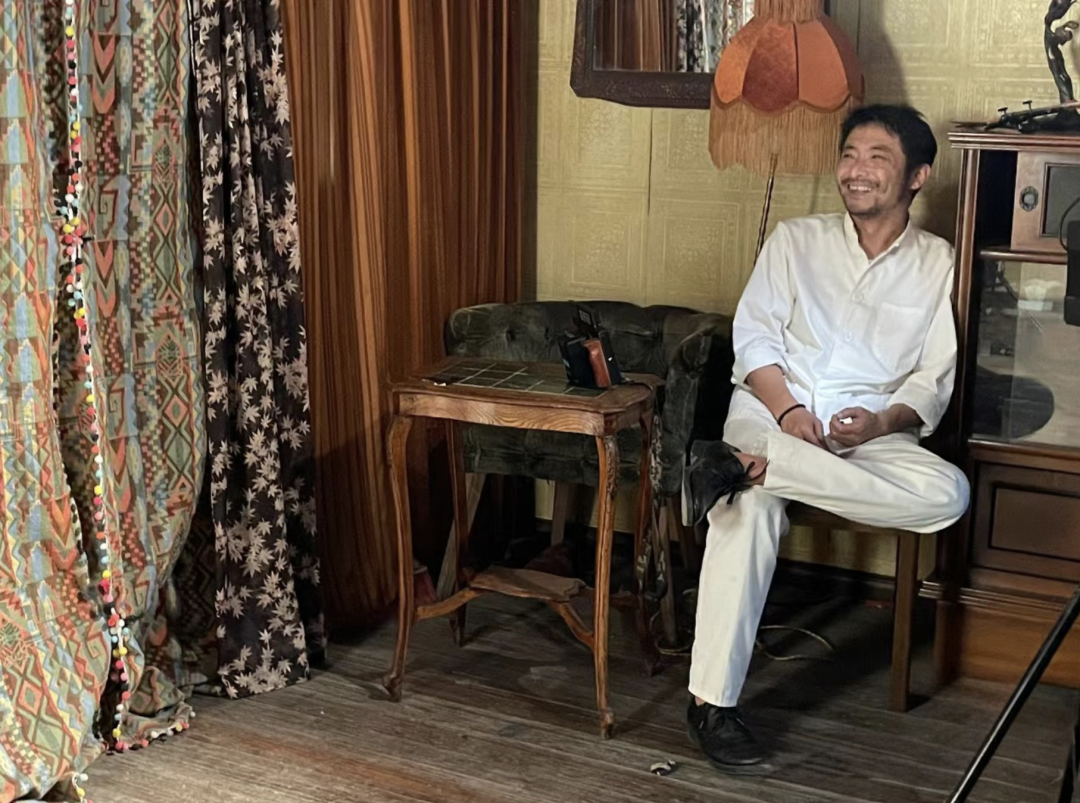
The artistic Aztaq pattern fabric with small colorful ball lace curtains on the far left in this picture is used in Xiaowen Xiaoqin's attic.
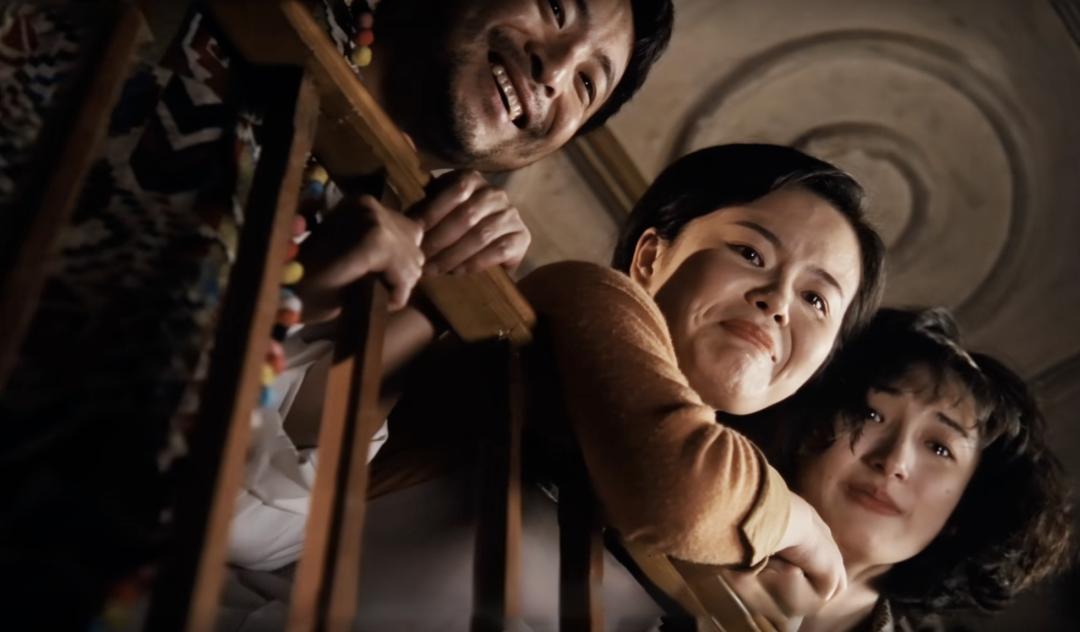
Perhaps because the exotic aura of the Aztaq pattern is too strong and easily steals the show, this curtain has very few scenes in the show.
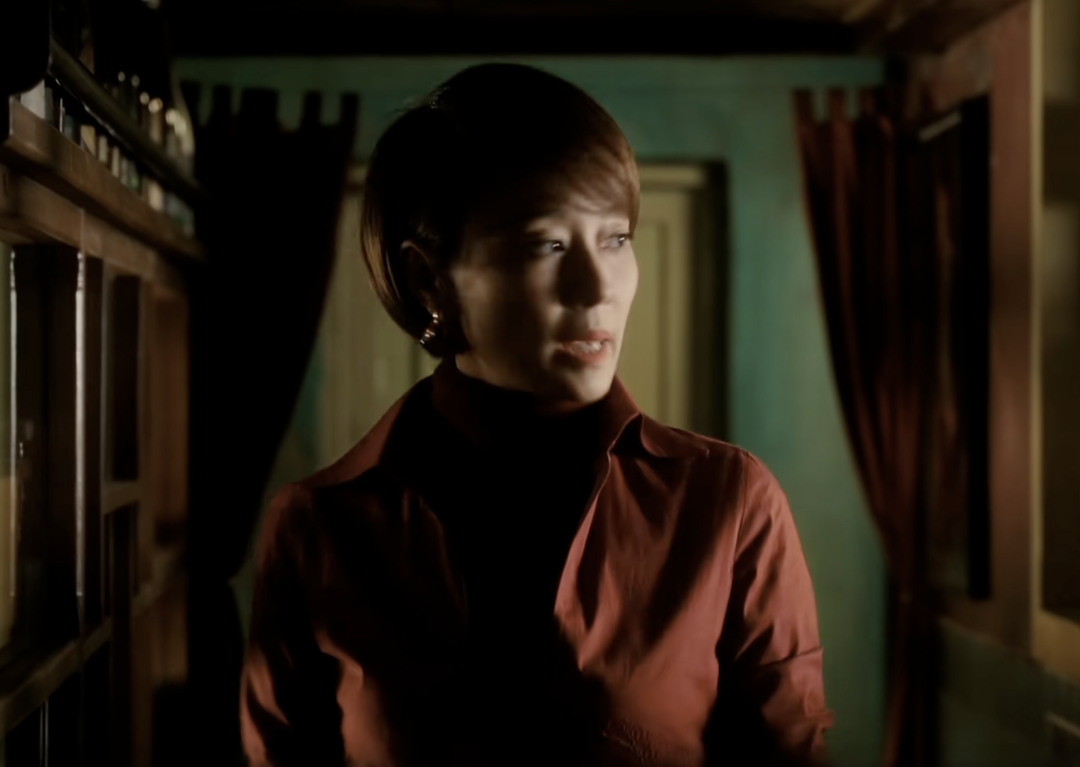
Night Tokyo is small, but it has the most curtains inside. These are two red sling-style curtains hanging in the corridor, a bit like IKEA's products when it first entered China. (Note: In 1998, China’s first IKEA store opened in Xuhui District, Shanghai)
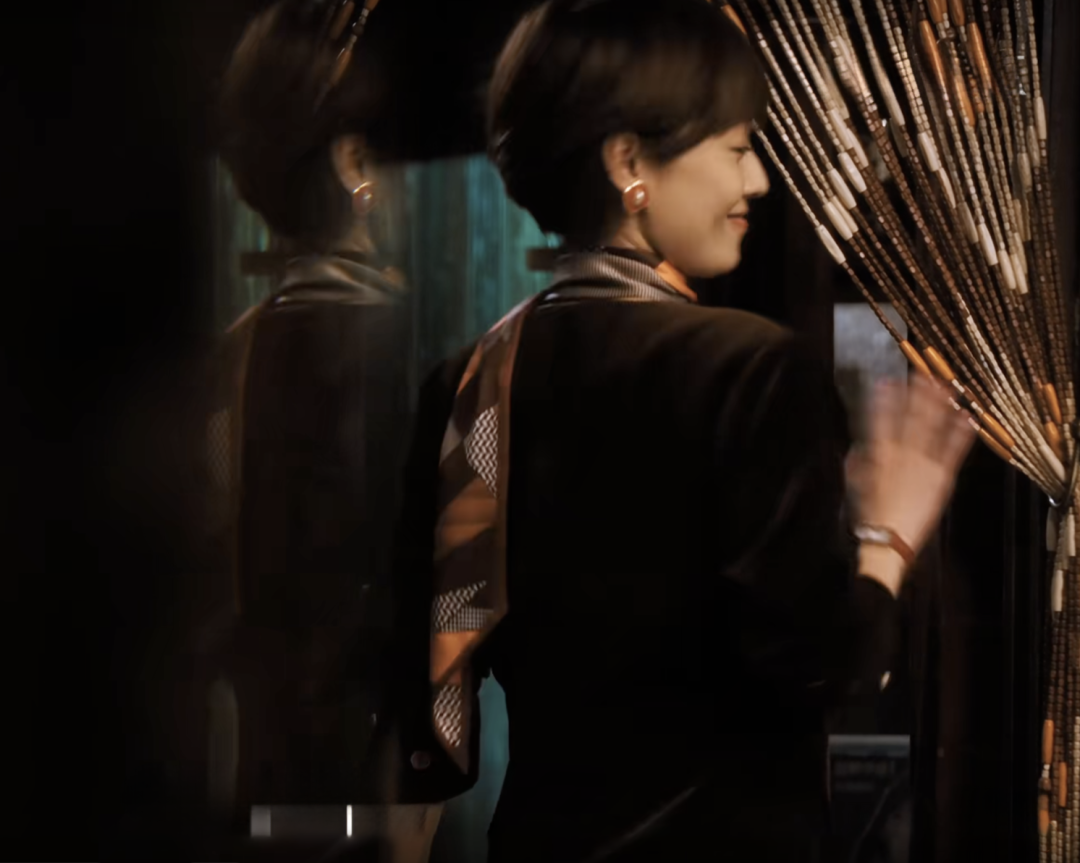

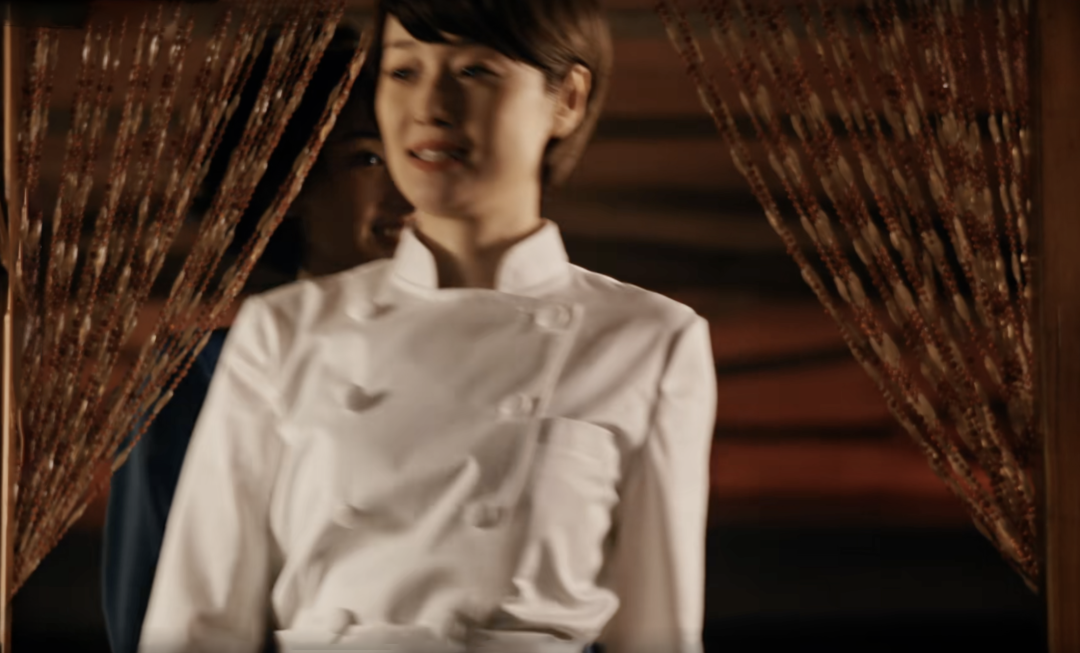
In addition to curtains, "Flowers" also uses a large number of various beautiful beaded curtains, which appear in many small space scenes including Night Tokyo. But in my memory, such bead curtains have rarely been used in Shanghai, although their temperament matches the atmosphere of the scene.
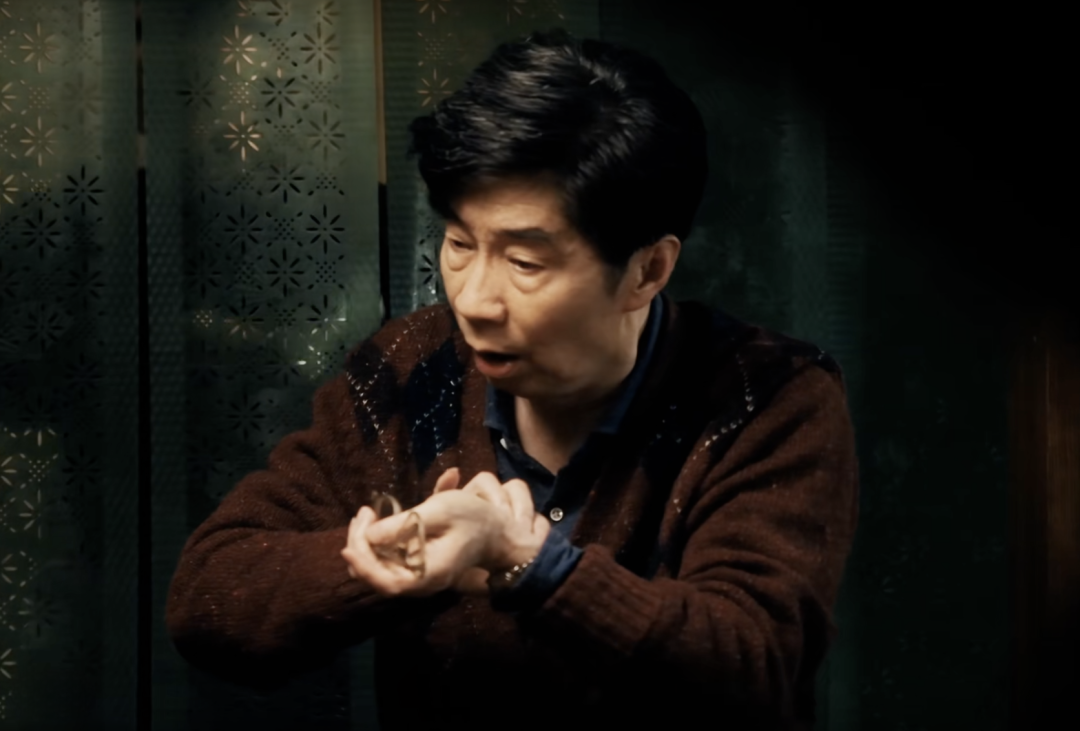
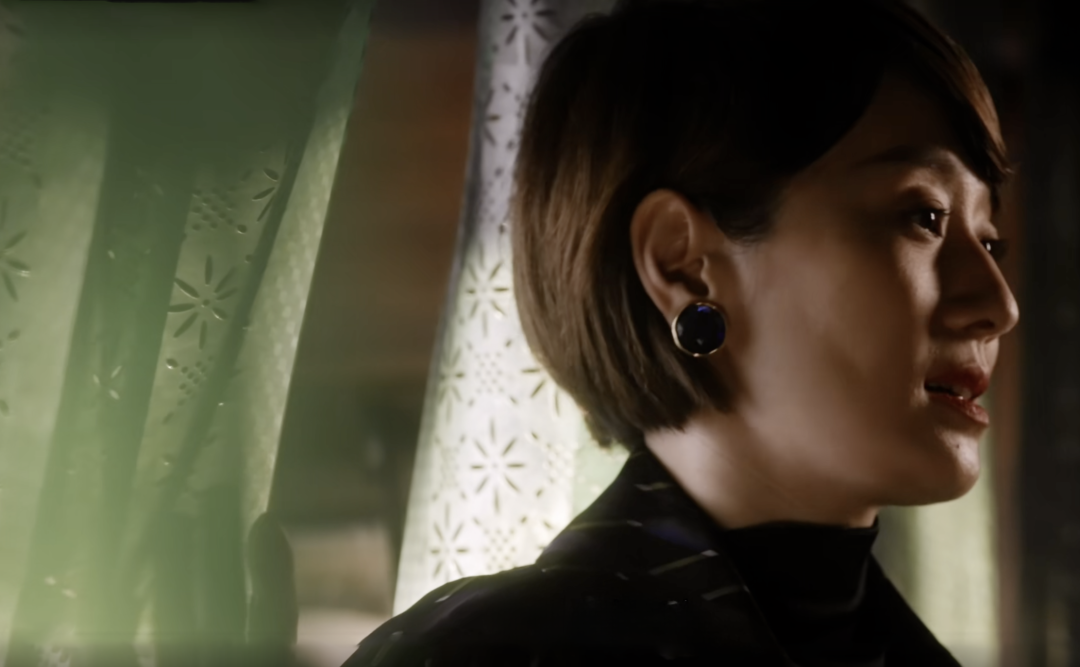
There is also a beautiful carved hollow plastic door curtain which is also very rare. I don’t know where the art team got it.
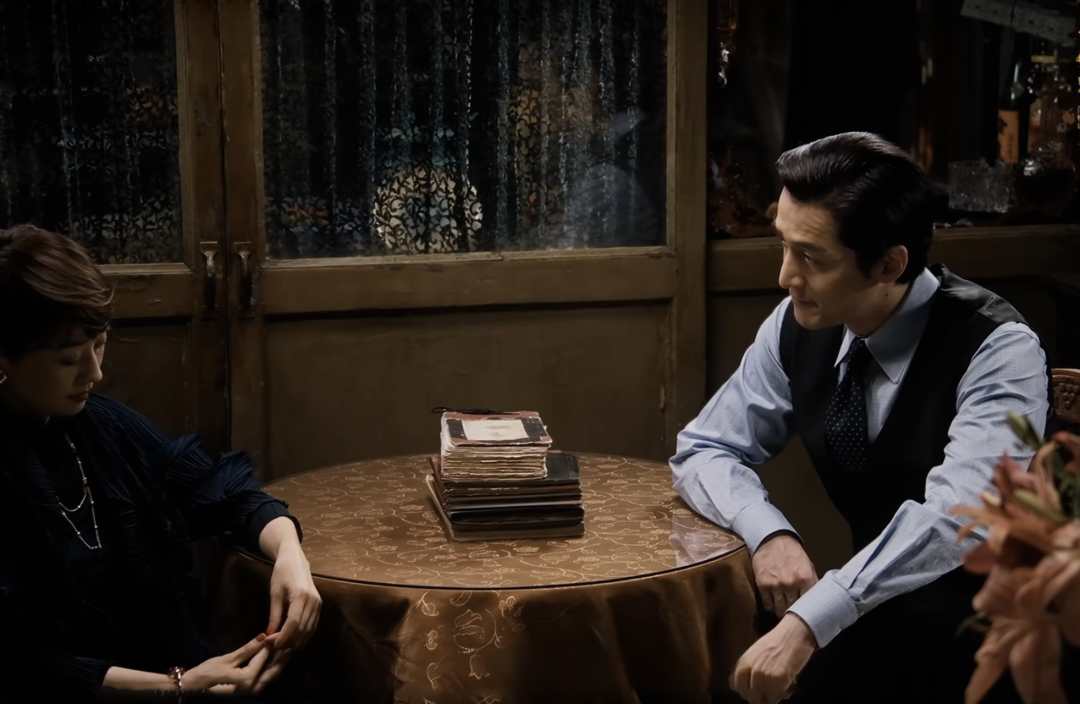
There are rarely blank windows in the play. They are either carved and patterned glass, or they have film with words and stickers on them. If these are not available, curtains and gauze are used.
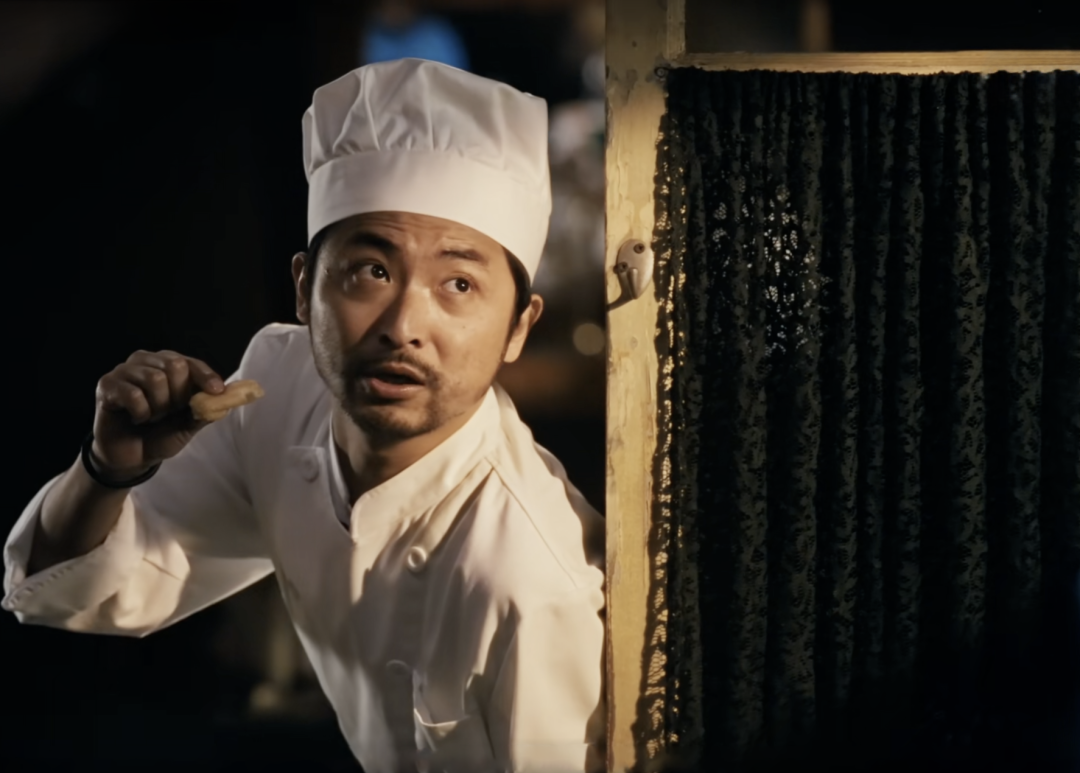
This black lace floral gauze is quite bold.

The version of Night Tokyo 2.0 (original Kaiseki cuisine) actually put a lot of thought into the decoration, but unfortunately the show did not show too many scene shots. As can be seen from the official photos provided by the art team, the entire space is full of Japanese style, and the blue halo and wind curtains are particularly eye-catching.
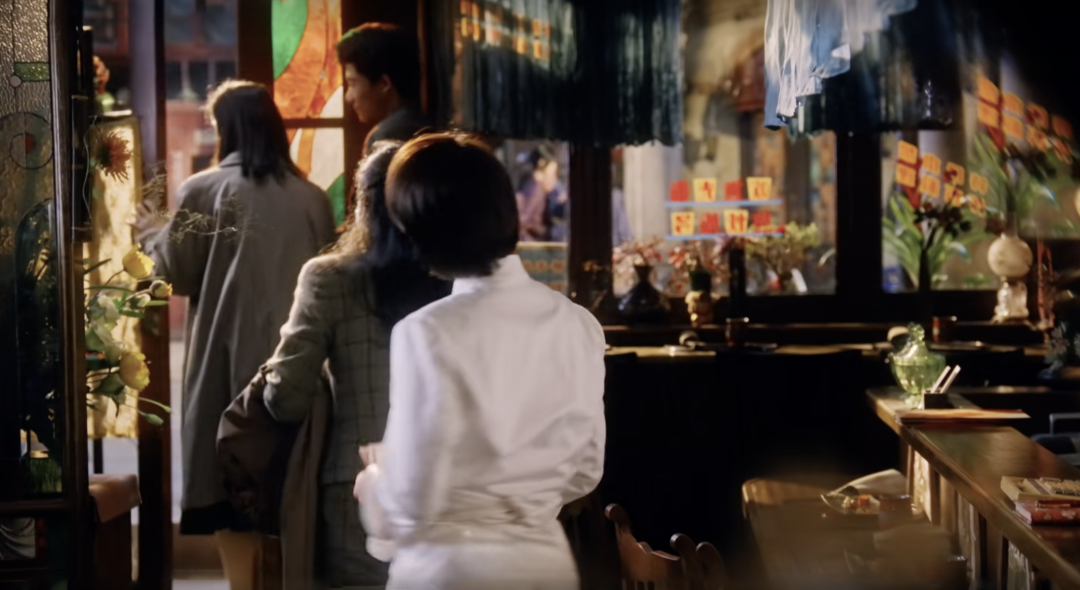
The entire space has a new look. The store door and side windows have been replaced with new artistic mosaic glass. The red half-curtains on the windows along the street have been removed and replaced with a blue floral gauze half-curtain hung high. The glass windows are pasted with Flower characters.
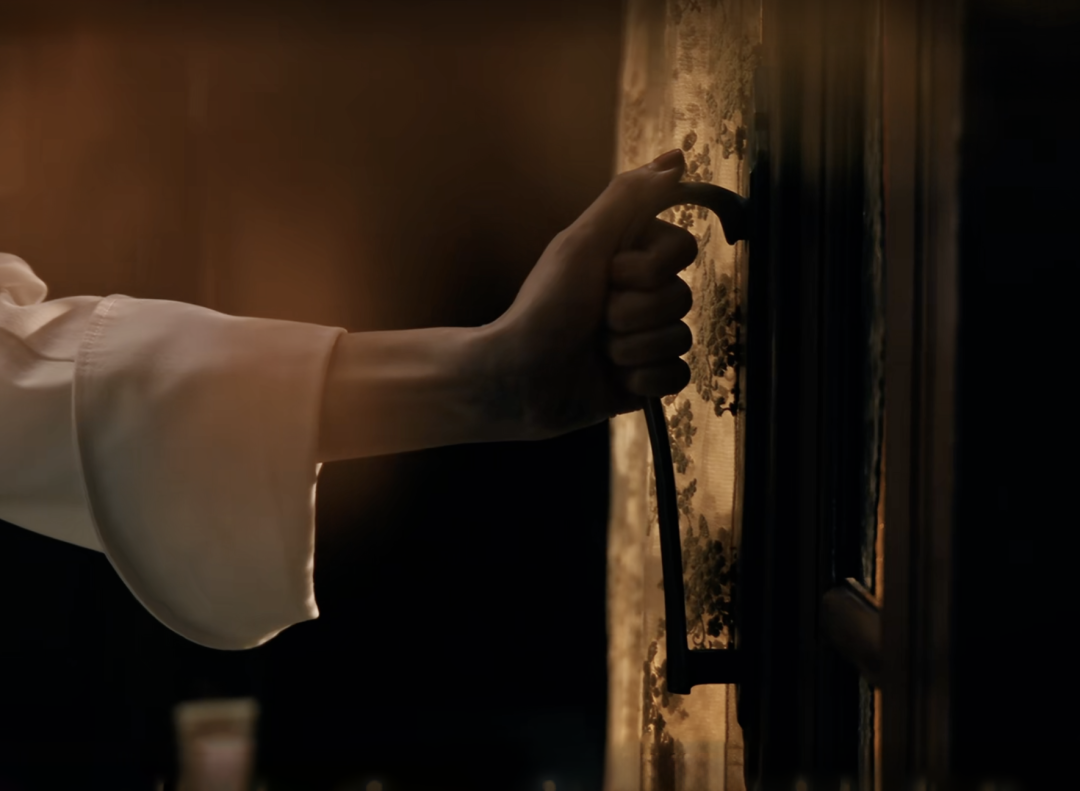
The curtain on the store door was replaced with off-white finely woven embroidered yarn. “Once this door opens, there’s no going back.”
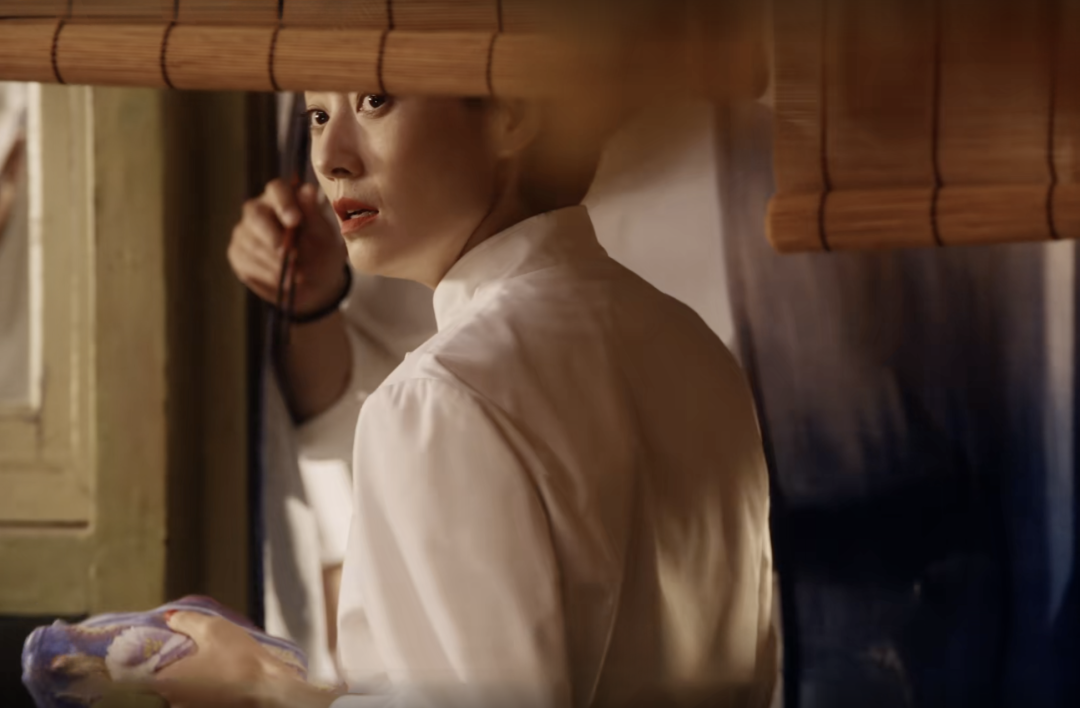
Hanging above the kitchen counter is an old-fashioned bamboo roller blind, which has a very appropriate taste.
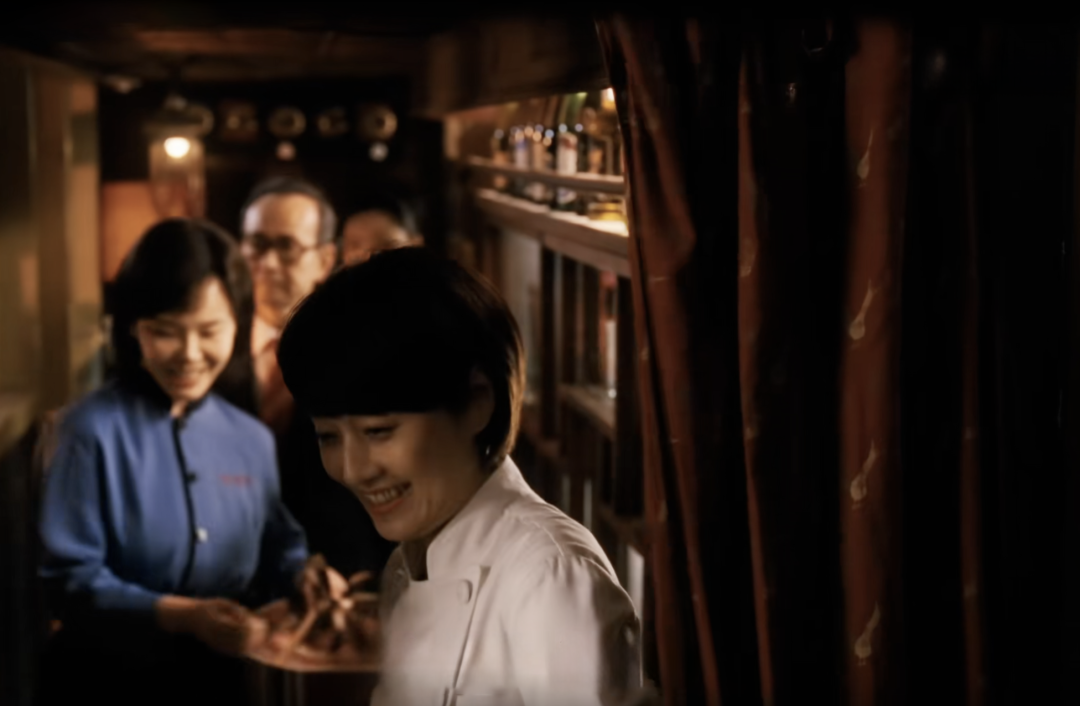
The entrance to the private room on the second floor is decorated with a Japanese-style red curtain, with what appears to be a hand-painted golden mud dot pattern.
Linghong Boutique
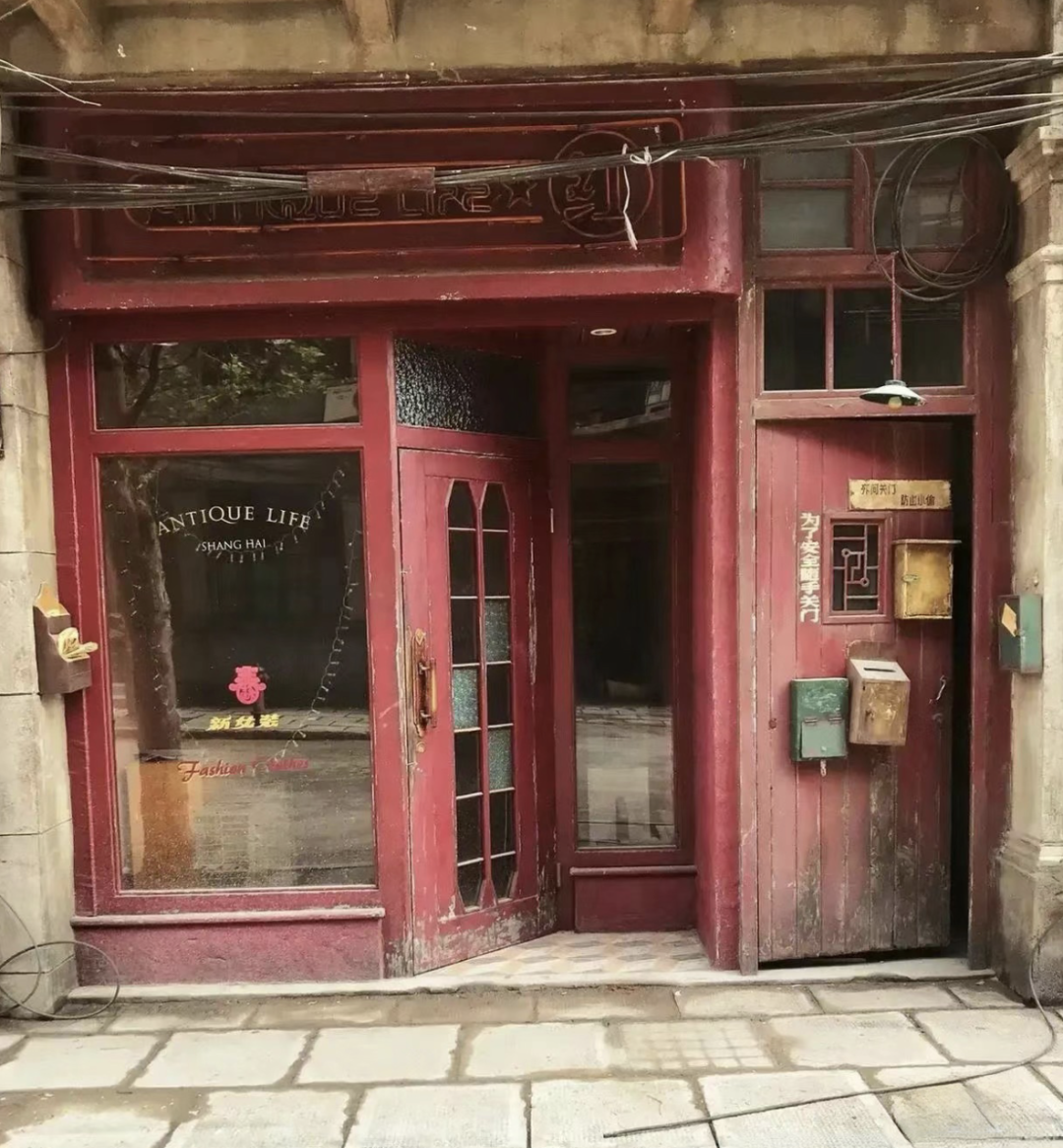
Linghong’s boutique is opposite Night Tokyo. I was shocked when I saw the official photo posted by the art team of "Flowers". It was like traveling back to the streets of Shanghai in the 1990s when I was young!
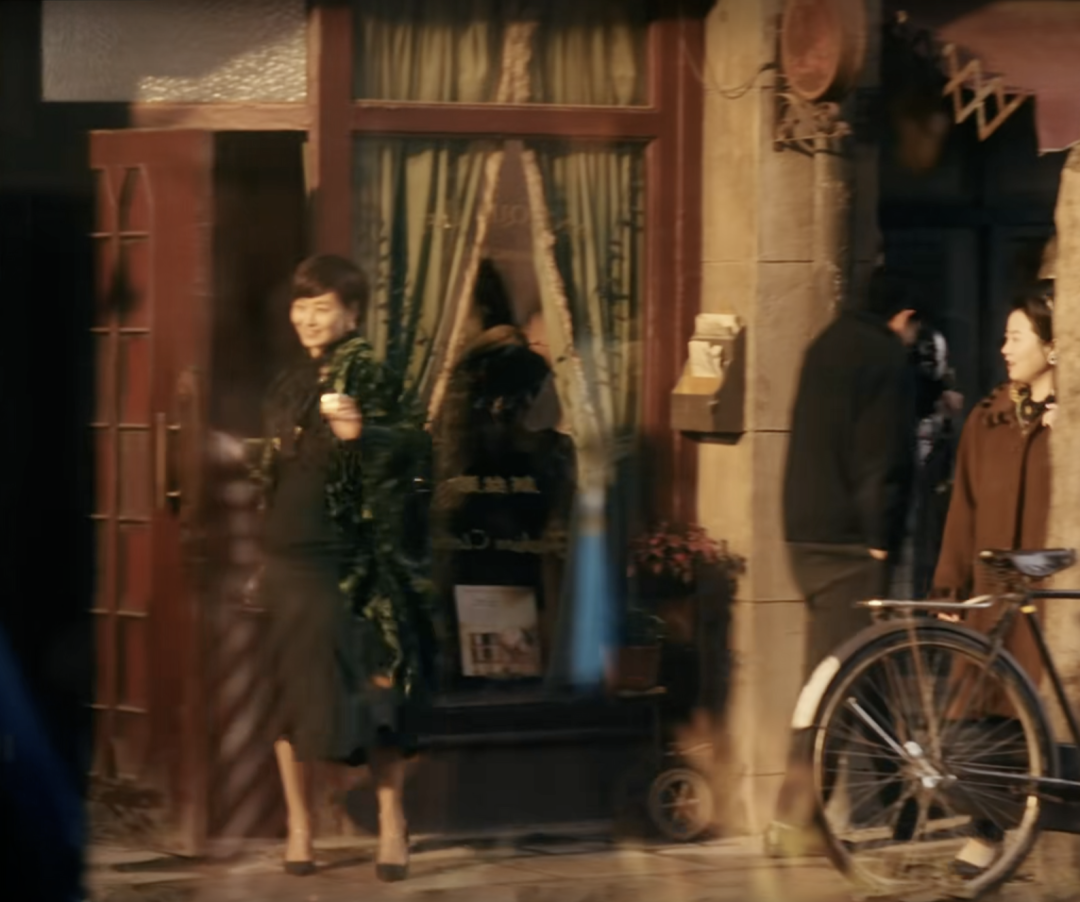
The most eye-catching thing in the Linghong store is the olive green curtain tied up in the red window.
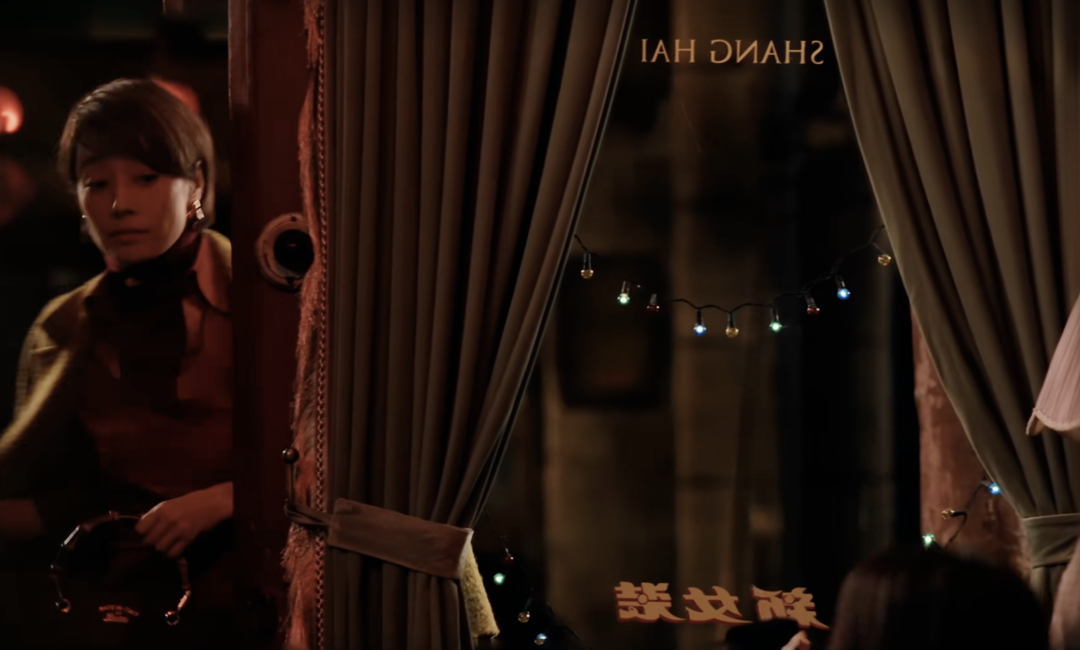
However, in some early shots, for some reason the curtain was hung upside down, and the lace was pushed out. Maybe it also reflected Linghong's absent-minded and impetuous state of doing business at that time.

In the shots after Night Tokyo 2.0, the curtains were hung correctly again.

The interior of the red store door is also made of red burnt-out gauze.
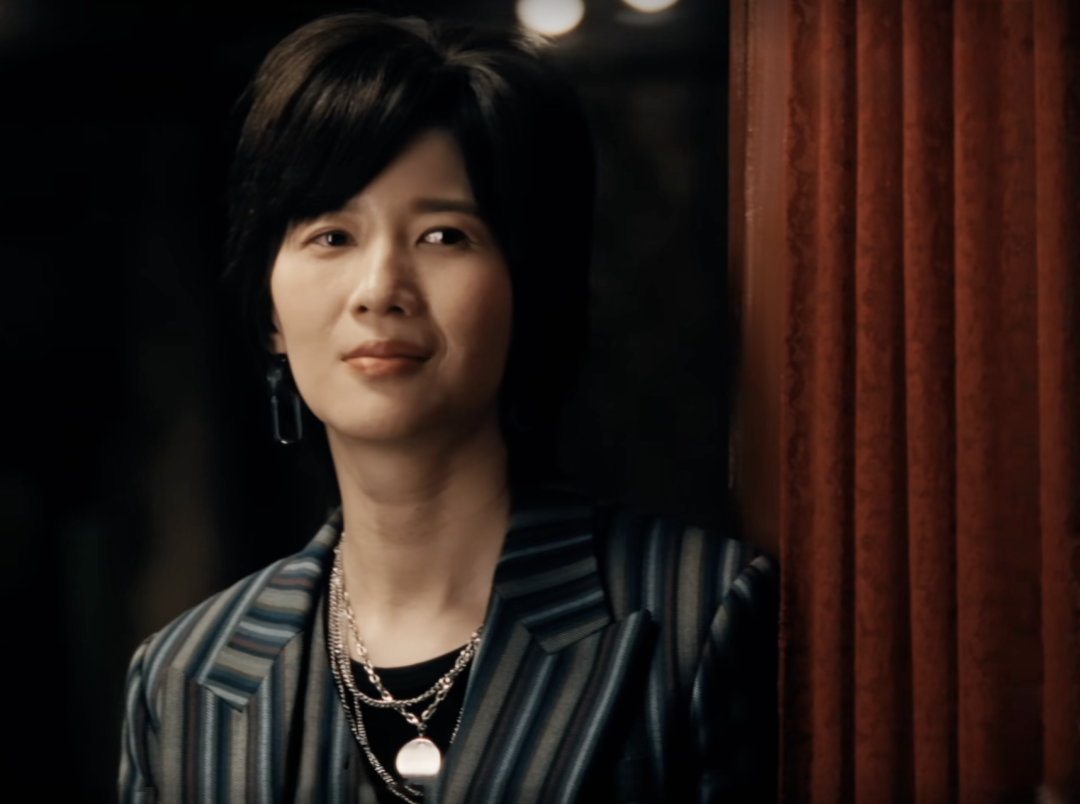
There is also a red dark flower curtain in the Linghong store. The fabric is the same as the red half curtain of the original street window in Night Tokyo. This is more in line with the plot. They should have been purchased together at the beginning.

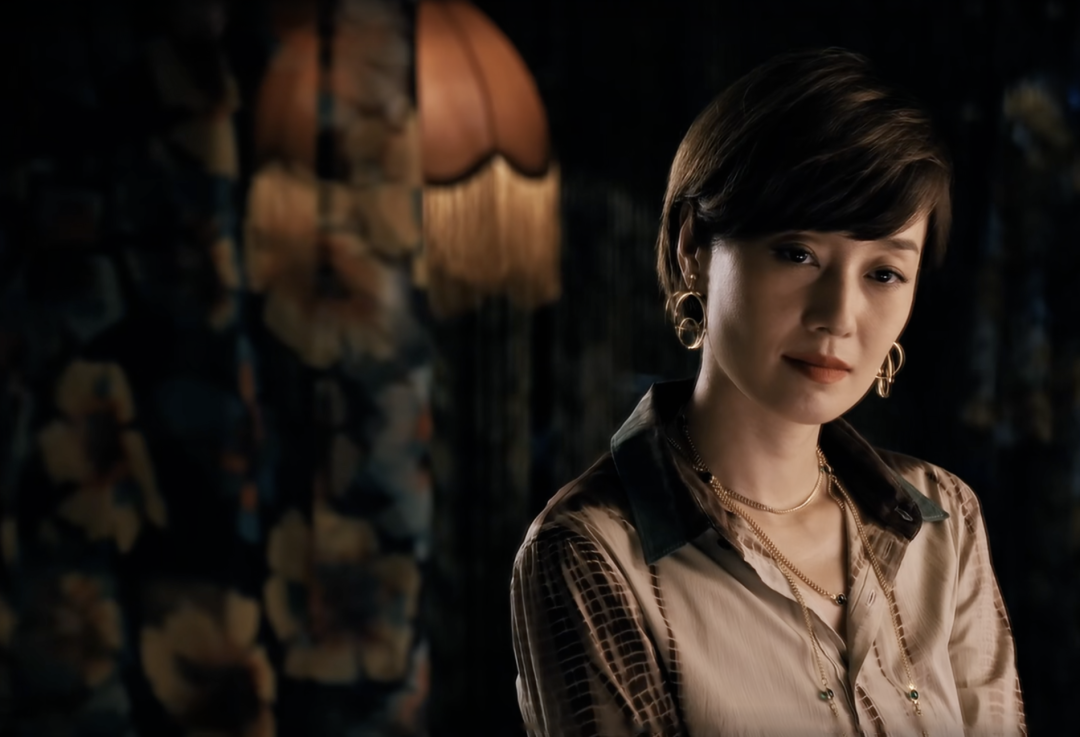
As a fashion boutique, Linghong also has a very fashionable black-bottom dahlia printed gauze curtain.
…
According to rough statistics, there are more than 30 scenes with curtains in the whole play, and there are hundreds of pairs of curtains.
To be continued…
